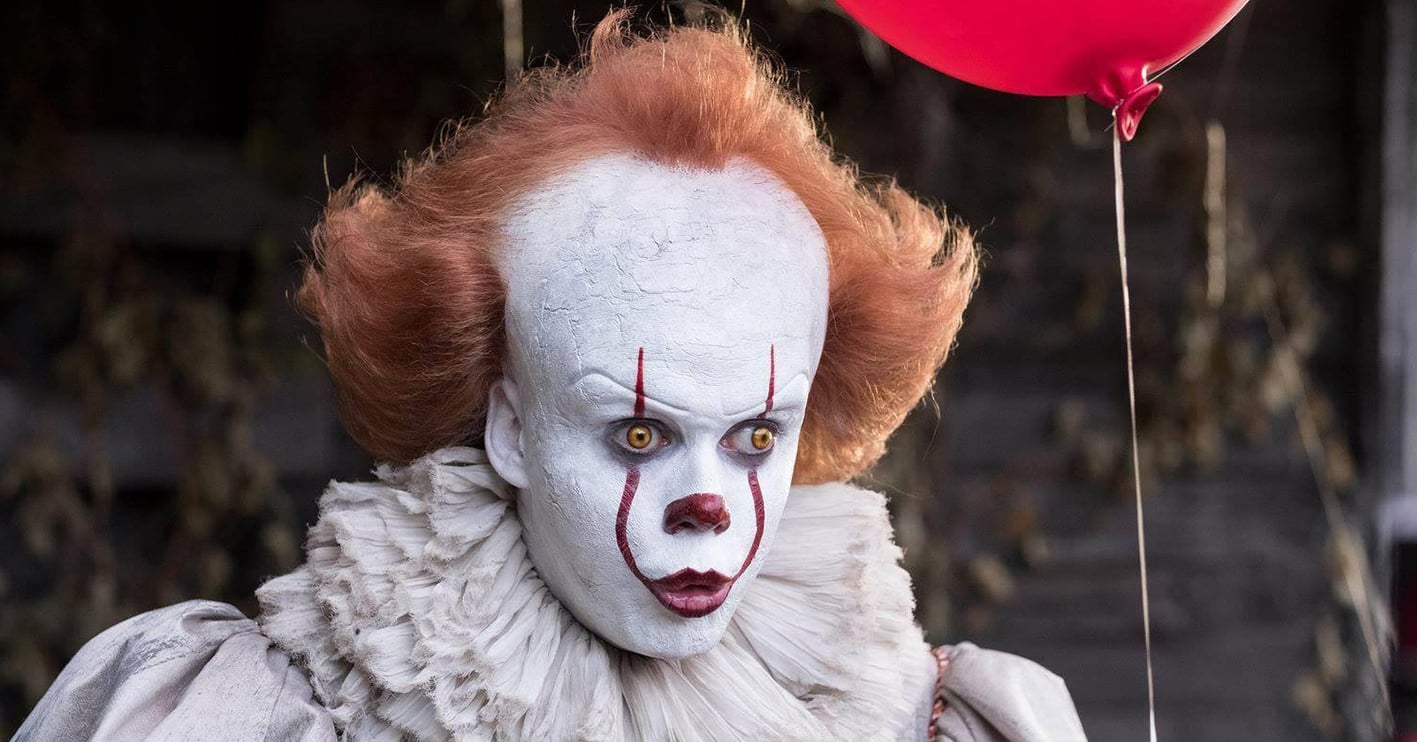As early as 1980, the name Stephen King was synonymous with horror. To this day, walk into any bookshop in the world and you’ll find that a sizeable number of its shelves will be taken up by King’s weighty tomes.
Of the many King books, few have captured the imagination quite so much as It. Famed for its 1990 TV miniseries, starring Tim Currie, as well as its recent two-volume movie adaptation, It seems in no danger of ever losing its ability to frighten and fascinate – even after 30 years in print and at the forefront of horror culture.
However, even after two high profile depictions on the silver screen, there’s still plenty from the mighty 1,138 page novel which didn’t make the cut. Expect big spoilers ahead as we explore 20 such missing elements from Stephen King’s book.
20. The book’s structure is non-linear
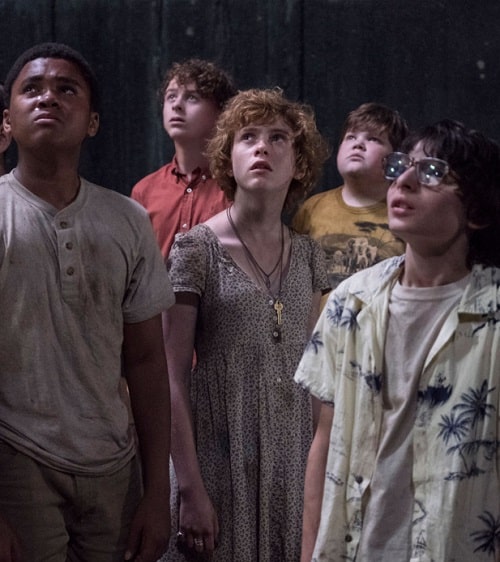
[nativo]
When you break things down, It is a pretty simple story: a bunch of kids battle a monster, then 27 years later they do it again. Both the recent movies and the two-part TV mini-series took the logical step of largely separating the time periods.
[rtk_adunit_top]
King’s novel, however, takes a far less predictable approach, starting with the grim murder that forms the opening sequence of the second film, and flitting back and forth in time in such a way as to challenge the memory of the reader.
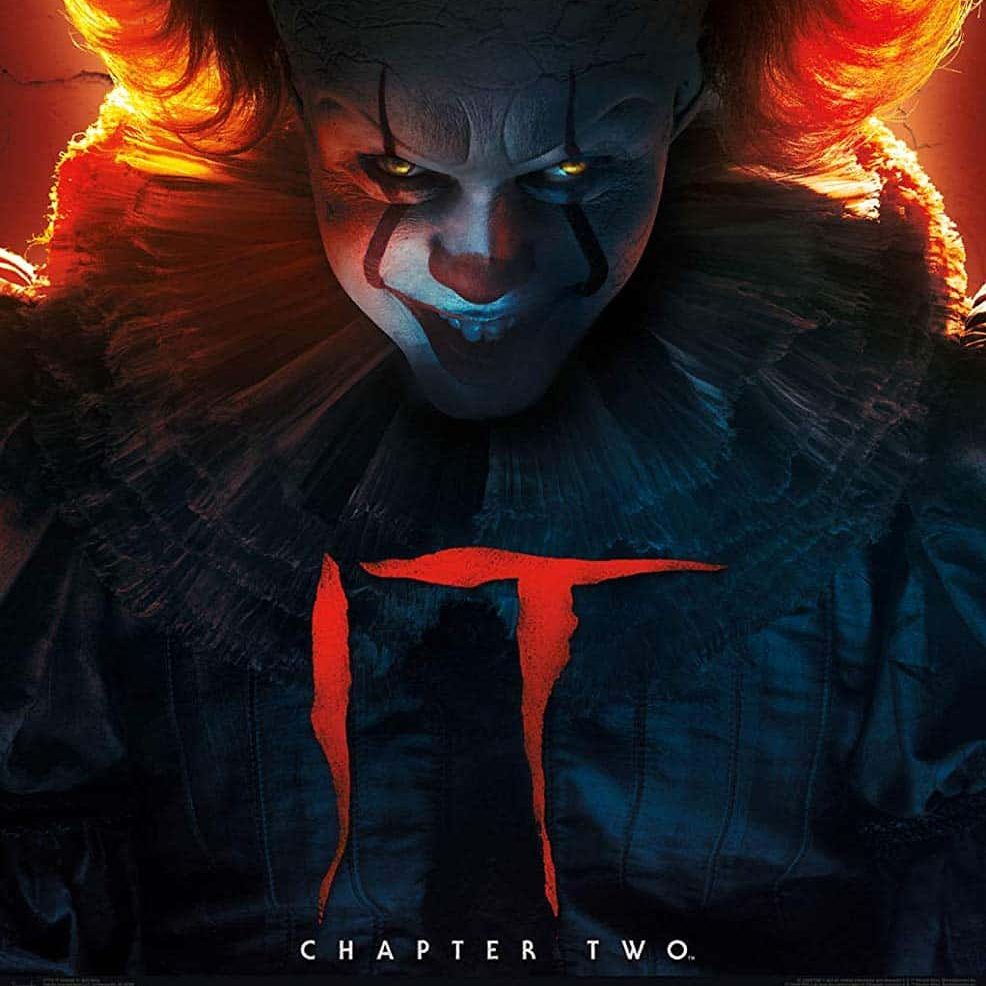
This could be read as the novelist’s way of making his readers experience a disorientation similar to that his adult protagonists experience, with their fluctuating memories of childhood and frequently challenged sense of time and space due to Pennywise’s shapeshifting nightmares.
[rtk_adunit_middle]
Of course, this is something you just couldn’t accomplish in a movie. Not only is it a form limited by time – and condensing a novel of over 1100 pages into even two movies is a challenge – but it’s a little less prone to mind-bending narrative obstacle courses, at least in a series with commercial promise.
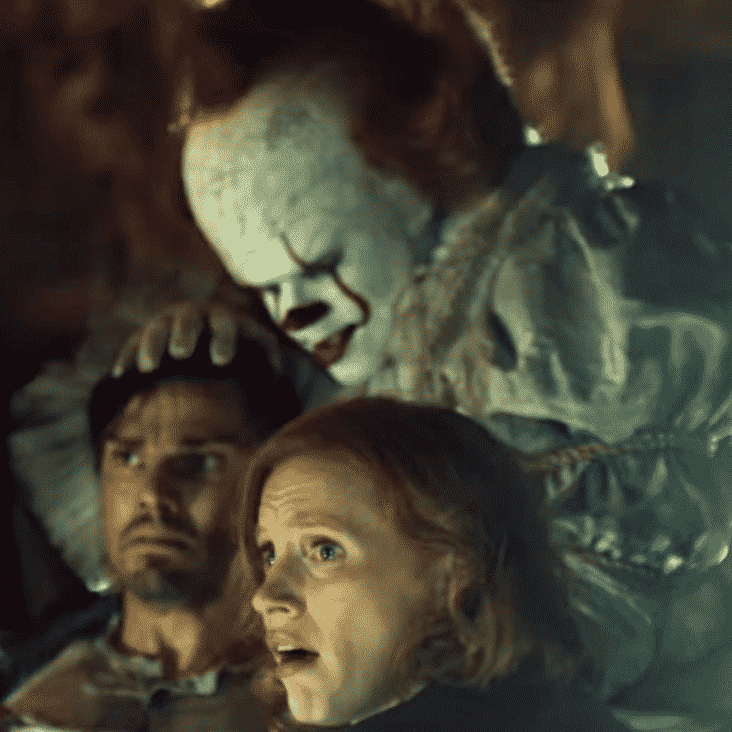
[nativo]
In a book, you can step back and re-read chapters to make sure you understand, and you’re immersed for a lot longer. As brilliant as a visual adaptation can be, the time investment by the audience just isn’t the same.
[rtk_adunit_bottom]
19. In the book, Pennywise takes the form of classic movie monsters
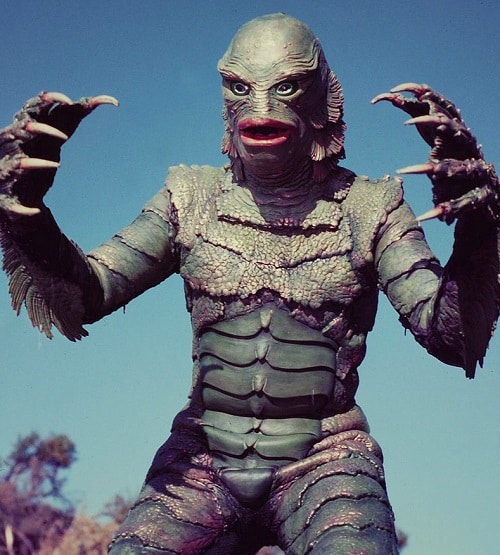
While ‘Pennywise the Clown’ is It’s preferred form, the shapeshifting, omnipresent entity can take on any form that would inspire the most fear in its victims; hence, in the recent movies we see It becoming, in quick succession, the leper and the woman in the painting.
[rtk_adunit_top]
In King’s novel this went further, with It taking the form of such silver screen terrors as the Wolf Man, the Mummy and the Gill-Man.
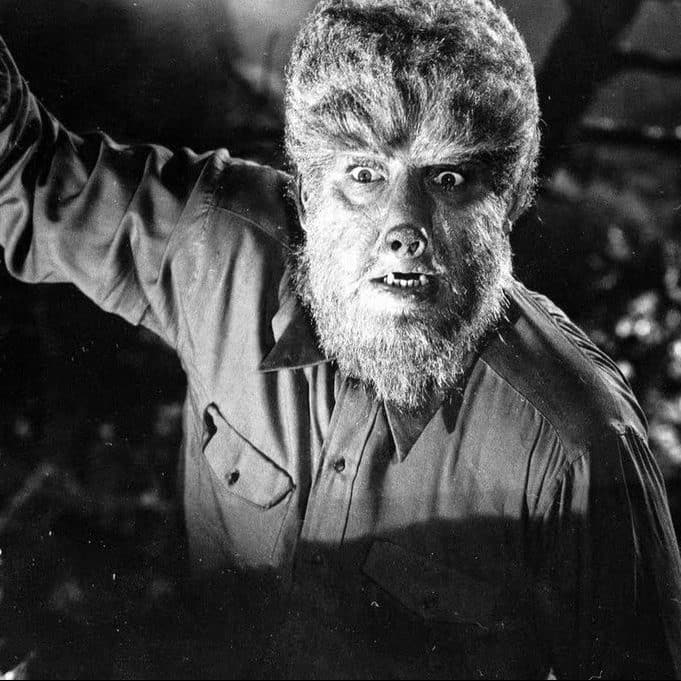
[nativo]
There are no doubt legal and budgetary reasons neither the TV adaptation nor the movies did this (for one, neither was made by Universal, who own the rights to those creatures), but it also wouldn’t have made sense in the movies as the childhood scenes had been moved forward to the 80s.
[rtk_adunit_middle]
This may, however, explain why It: Chapter 2 features clear homages to some classic 80s horror movies, most notably The Thing and The Shining (the latter being perhaps quite ‘meta,’ given the Stephen King connection).
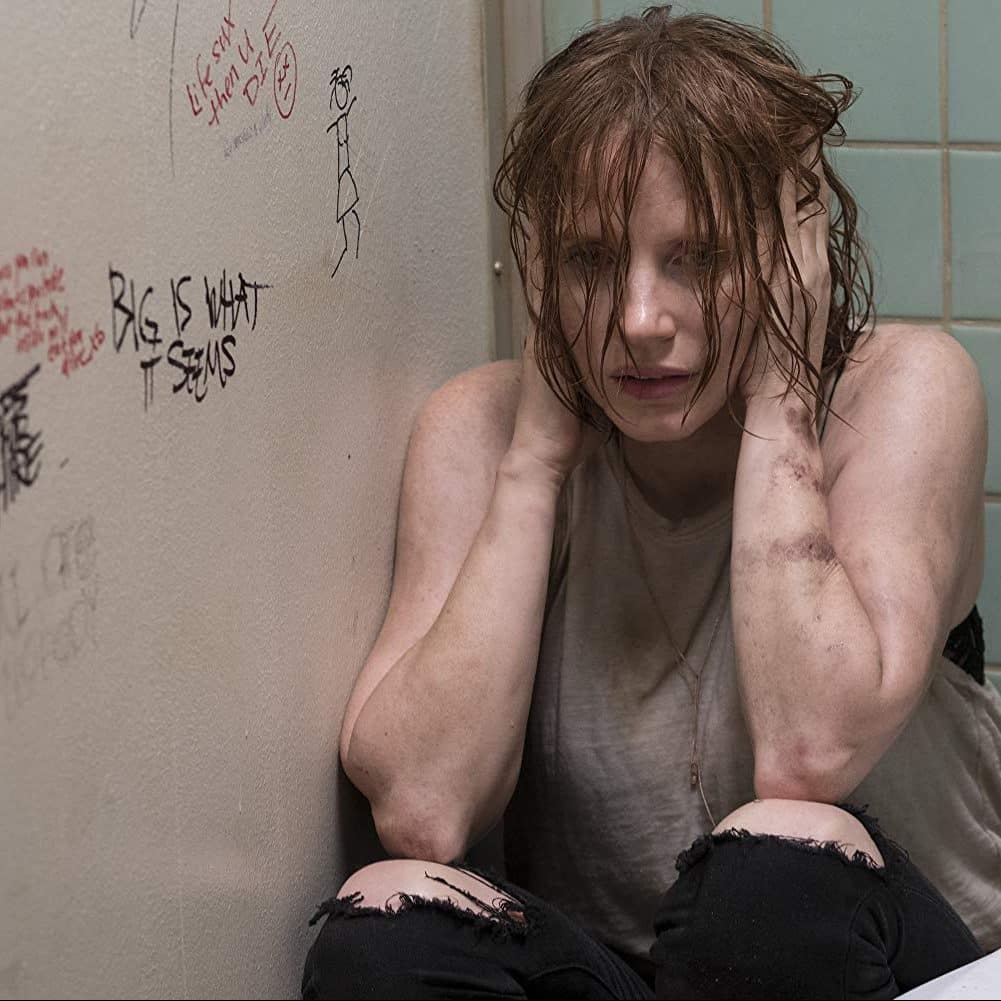
Perhaps when they remake It again in a few decades, it’ll feature horrifying noughties villains like Slenderman and that guy from Legally Blonde.
[rtk_adunit_bottom]
18. It’s arch-nemesis in the novel is a cosmic turtle named Maturin
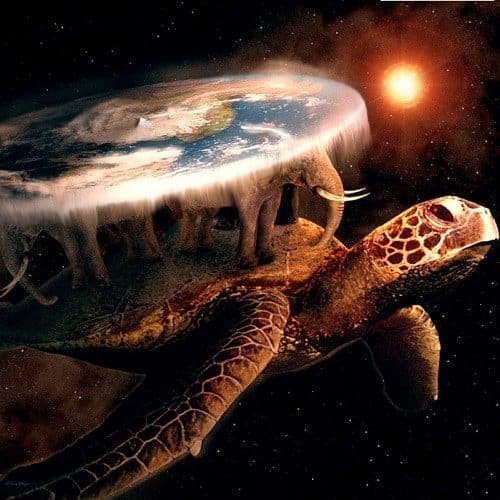
[nativo]
Let’s not beat around the bush here: Stephen King’s It gets pretty damn weird at times, never less than when Bill has an out-of-body experience which brings him face to face with Maturin, a gargantuan, immortal turtle who created the universe by vomiting it out billions of years ago.
[rtk_adunit_top]
Maturin, funnily enough, is also the arch-nemesis of It, and teaches Bill all he needs to know to defeat the ancient evil.

There’s really no mystery why this got left out of both screen adaptations: there was too great a potential for the whole thing to be laughed off the screen.
[rtk_adunit_middle]
Even so, it’s debatable whether the movie’s invention of Mike learning It’s history from a Native American ritual is really any more satisfying; plus, hardcore Stephen King fans will surely be disappointed by Maturin’s absence, as the turtle is a recurring figure in the author’s work, most notably featuring in the also pretty-damn-weird Dark Tower series.
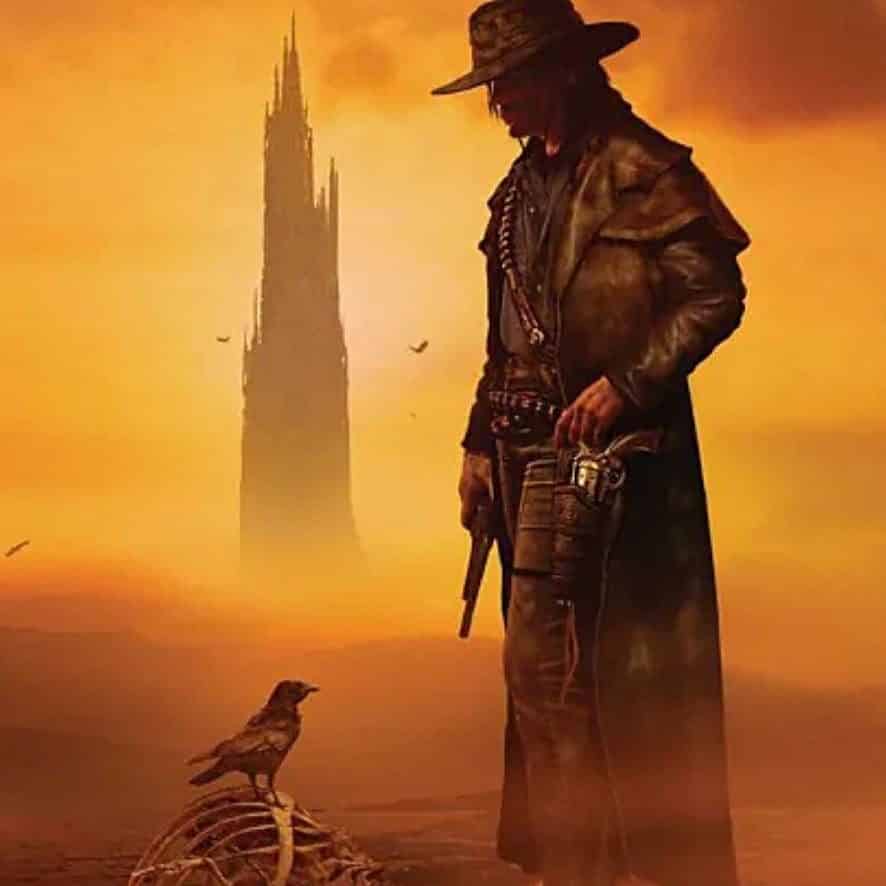
[nativo]
While Maturin advises on the method by which the Losers’ Club can defeat It, apparently the strength that’s bestowed on them is provided by ‘Gan’, described as “God or the Other … the creative overforce in the cosmology of Stephen King’s universes.” Ah, now it makes sense!
[rtk_adunit_bottom]
17. The role of the spouses is different in It: chapter 2
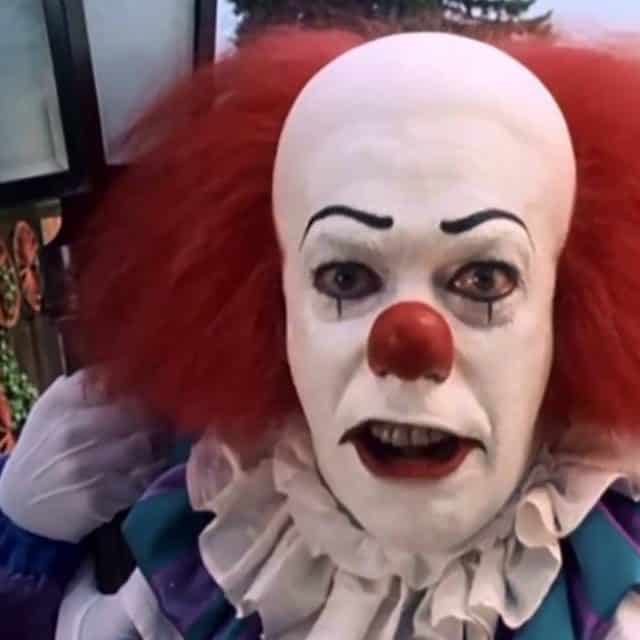
If you only know the adult section of the story from the recent movies, you might be forgiven for forgetting that Bill and Beverley have spouses at all, so brief are their appearances.
[rtk_adunit_top]
Not so in the novel; both Beverley’s abusive husband Tom and Bill’s well-meaning wife Audra pursue their other halves to Derry and get caught up in the battle against the immortal monster.
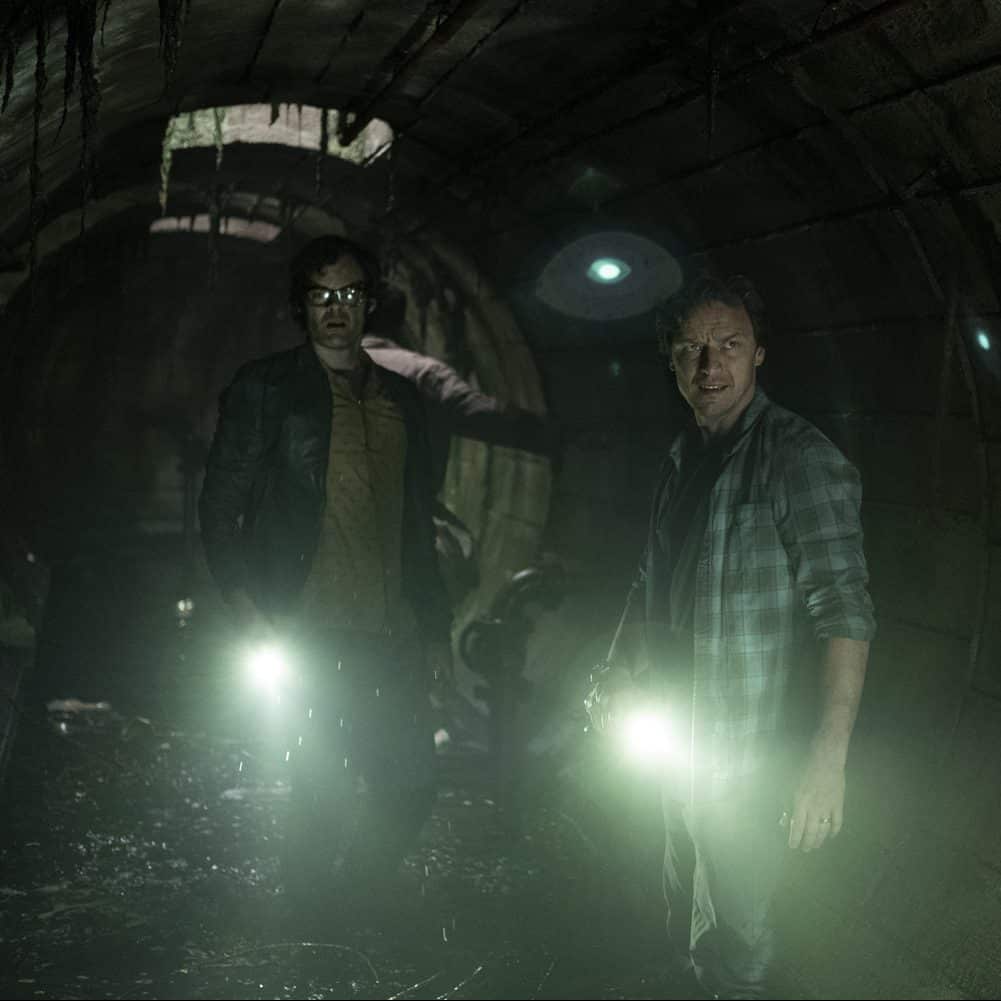
[nativo]
Tom – having beaten Beverley’s location out of one of her friends- gets the comeuppance he so richly deserves when he comes face to face with It. Audra, meanwhile, is left catatonic, but ultimately brought back around when Bill takes her for a ride on his childhood bike, rekindling their marriage in the process.
[rtk_adunit_middle]
The Audra plot thread survived in the TV mini-series with Olivia Hussey in the role, but Tom never returned beyond his introduction in either screen incarnation.

This is understandable, as the story has more than its fair share of irredeemable scumbags already, and there’s only so much you can fit into a film, even if it is nearly three hours long.
[rtk_adunit_bottom]
16. Patrick Hockstetter is significantly toned down in the films
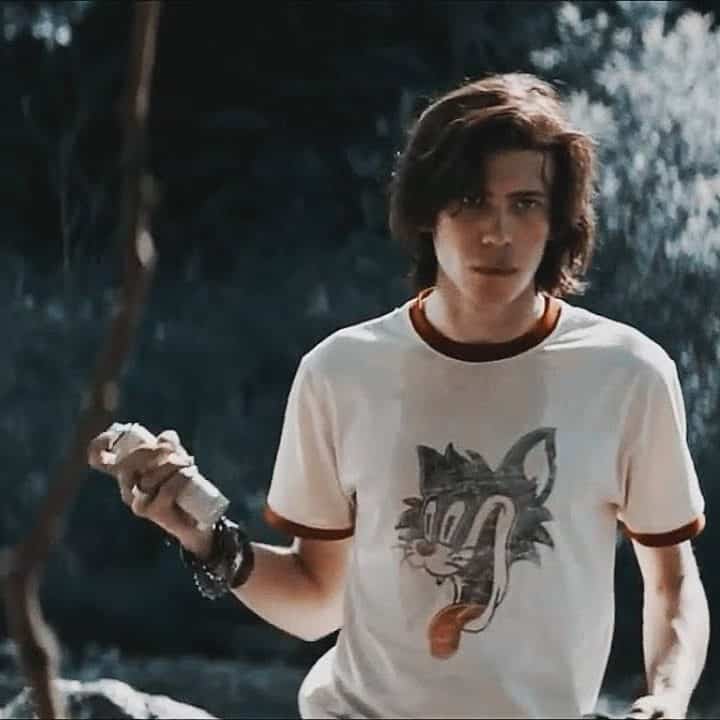
[nativo]
As portrayed by Owen Teague in 2017’s It, the school bully Patrick Hockstetter is undeniably an oppressive presence, yet ultimately a fairly anonymous henchman of the deranged Henry Bowers. In the book, however, it’s a different story.
[rtk_adunit_top]
King gives Hockstetter an in-depth, thoroughly unpleasant backstory, being a bona fide psychopath who, at age five, smothered his baby brother to death to stop him crying.
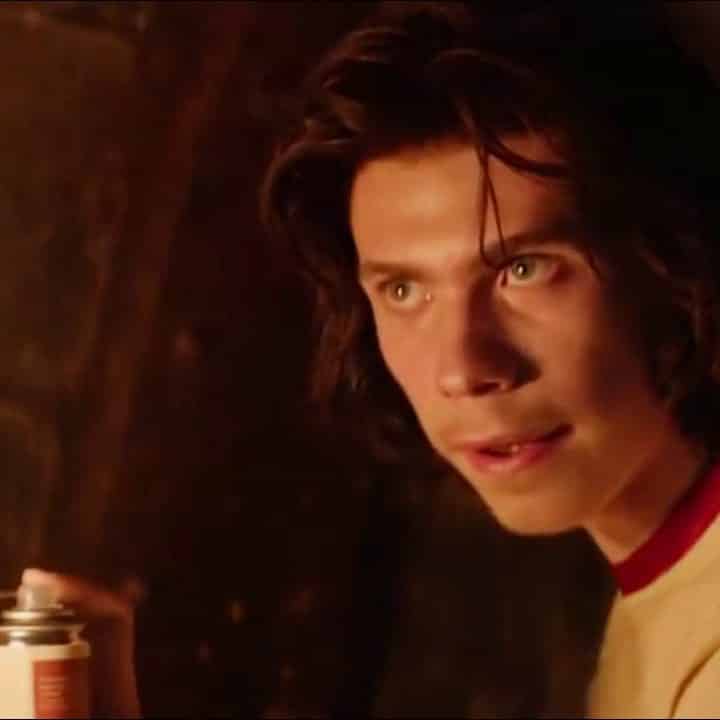
Just to push things that bit further, we’re also shown Hockstetter taking a sexual interest in his even more unstable friend Henry, a liaison that quickly turns ugly.
[rtk_adunit_middle]
In the novel, Hockstetter keeps a fridge in which he traps small animals; the fridge is supposedly protected by a supernatural power that stops anyone opening it, leading to definite suffocation.
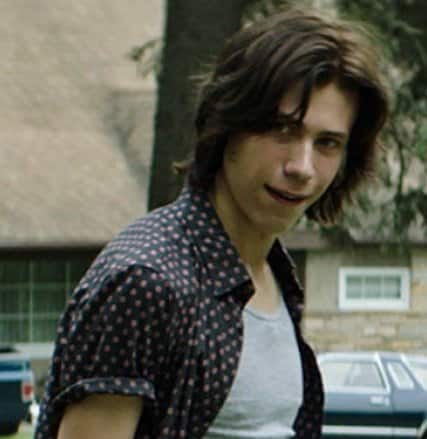
[nativo]
As with the omission of much of the Tom Rogan story thread, it’s not surprising that all this was left out of the screen adaptation: too many evils spoil the broth.
[rtk_adunit_bottom]
15. Stan is more religious in the films
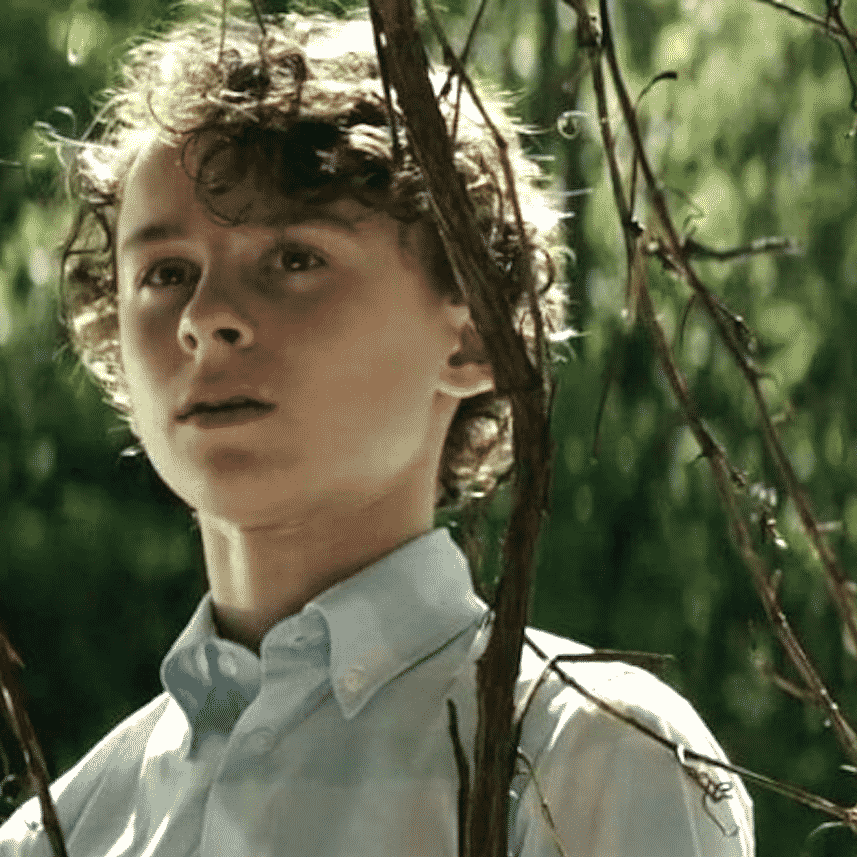
For whatever reason, Stan becomes more religious in the film version, as does his whole family. In the novel, Stan is Jewish but not practicing; in fact, he isn’t even sure what it means to keep Kosher.
[rtk_adunit_top]
This aligns more closely with Stephen King’s personal beliefs: he was raised Methodist, but turned away from organised religion.
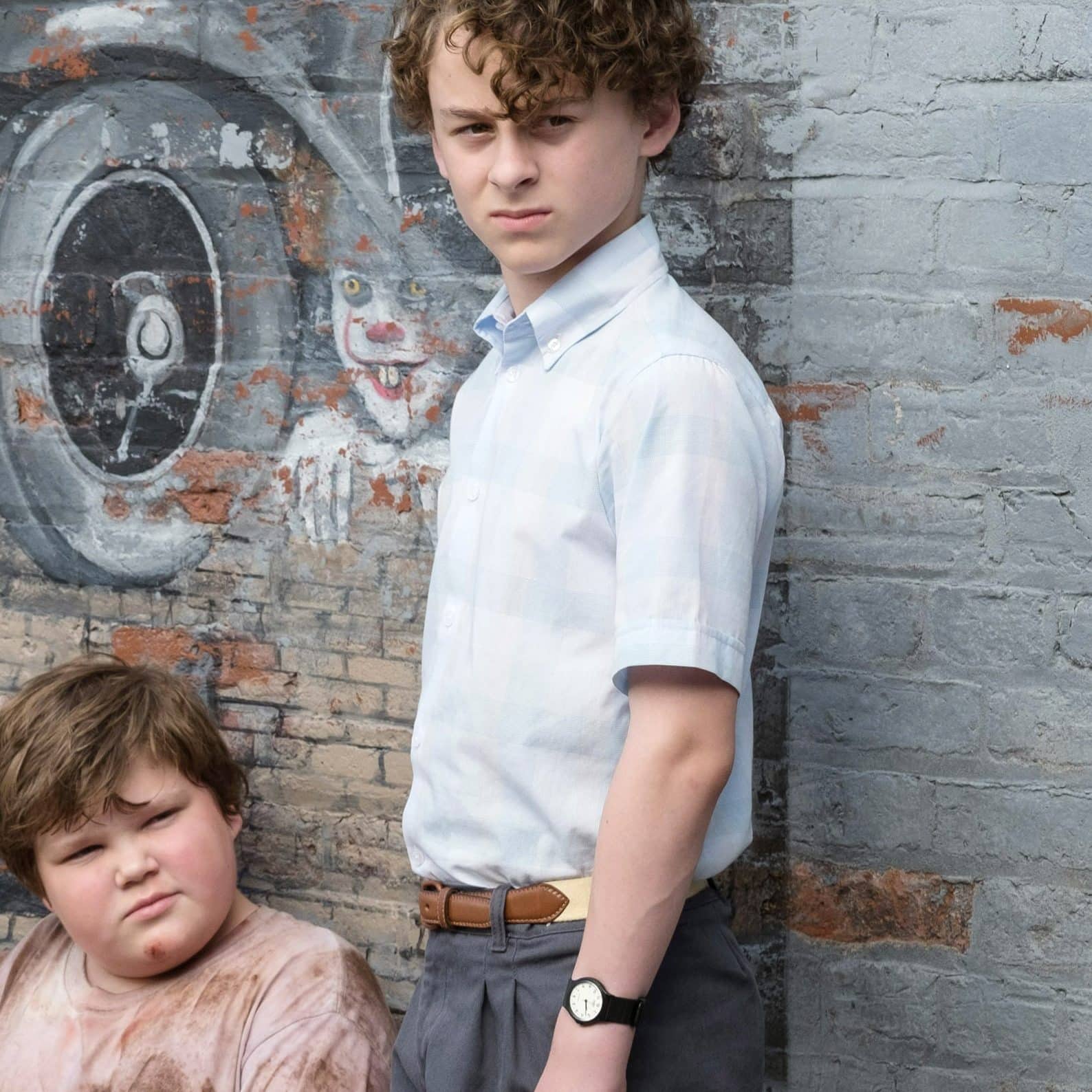
[nativo]
That said, King still believes in the existence of a God. This more relaxed approach to religion, while still believing in a supernatural deity, closely mirrors Stan Uris from the novel.
[rtk_adunit_middle]
In the films, however, Stan is much more orthodox – though the main evidence can be found in a deleted scene. Not only is Stan’s father a rabbi, but Stan himself gives a speech at the synagogue.
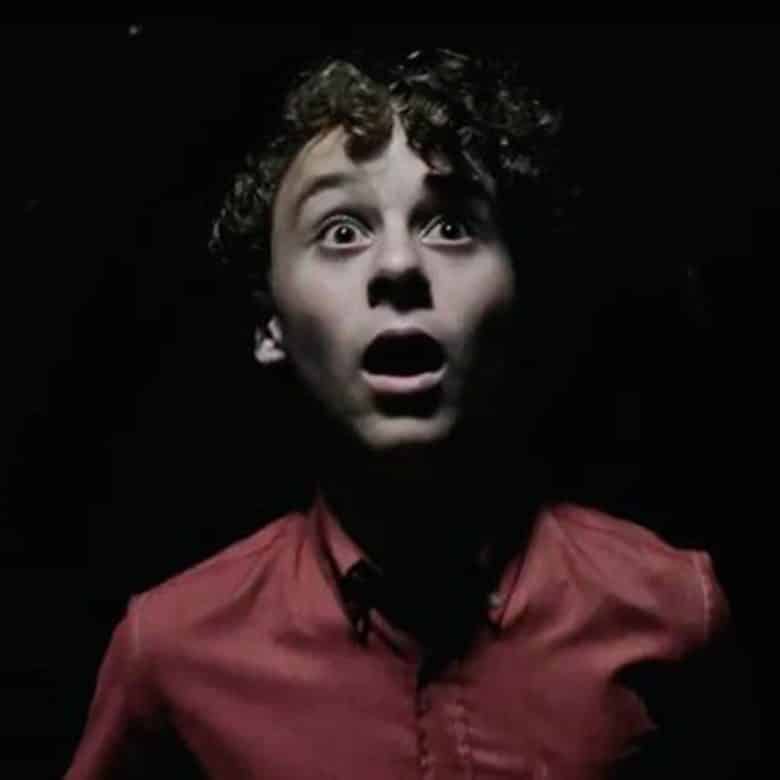
The first film in particular is more blunt about the pressure that adults exert on their children, meaning Stan’s emphasised religiosity could suggest a struggle to live up to his father’s expectations.
[rtk_adunit_bottom]
14. There’s no mystery about Georgie’s death in the book
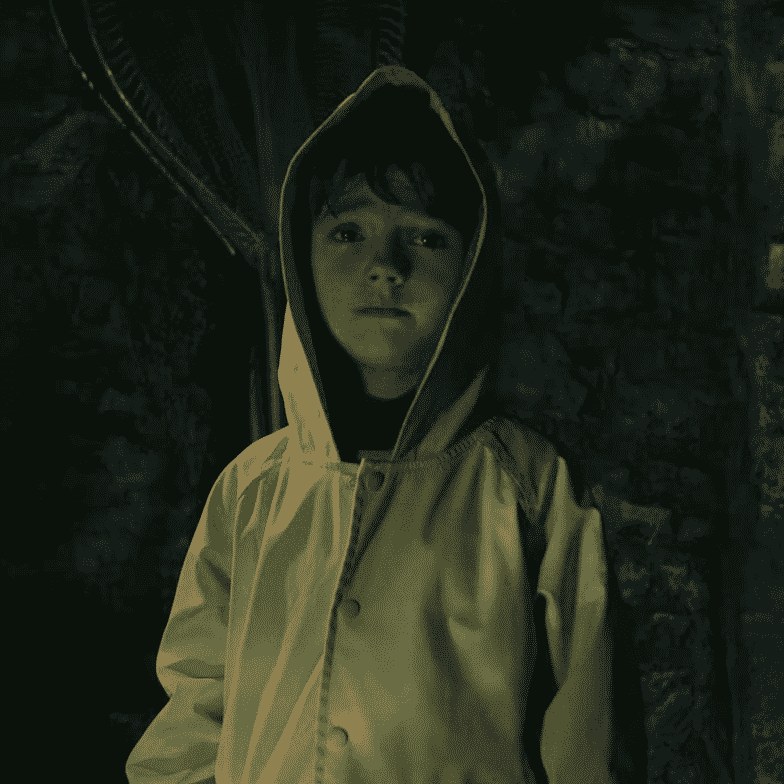
[nativo]
It’s possibly the most iconic scene in It – or, at the very least, it inspired a truckload of memes and lukewarm impressions at parties.
[rtk_adunit_top]
It’s the one in which Pennywise seduces Georgie in the sewers, and murders him. However, despite what you might imagine is a foundational moment for the story, it’s handled very differently in the book and the film.
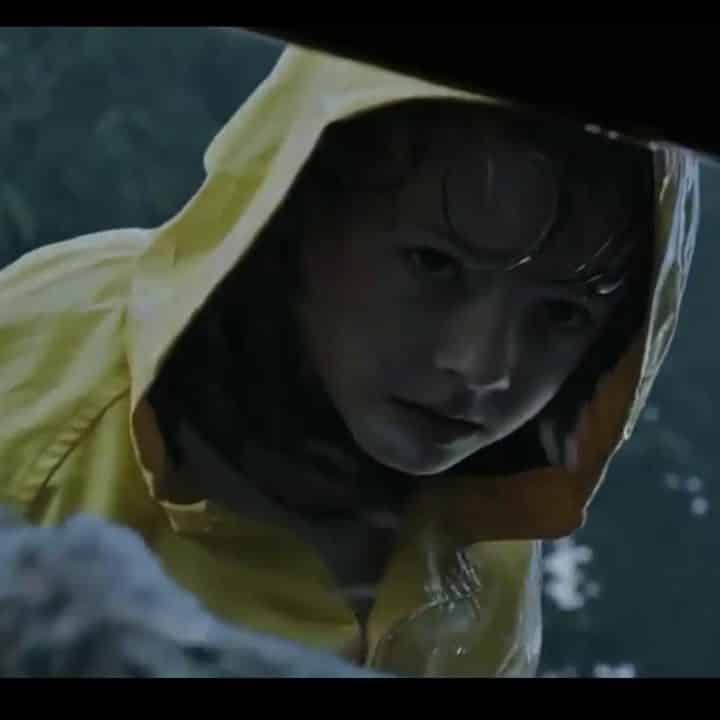
In the film, nobody is witness to Pennywise’s murder, with a neighbour only seeing the bloodstained road. Thus, Bill clings to the idea that Georgie could be alive somewhere, and this is the main impetus behind his exploration of the Barrens.
[rtk_adunit_middle]
In the book, however, Georgie’s body is not only soon found, but the neighbour was witness to the killing itself. In the novel’s version of events, the death does feel more immediate, and the danger more imminent, but it seems the filmmakers couldn’t resist luring in viewers with a mystery and an innocent victim.
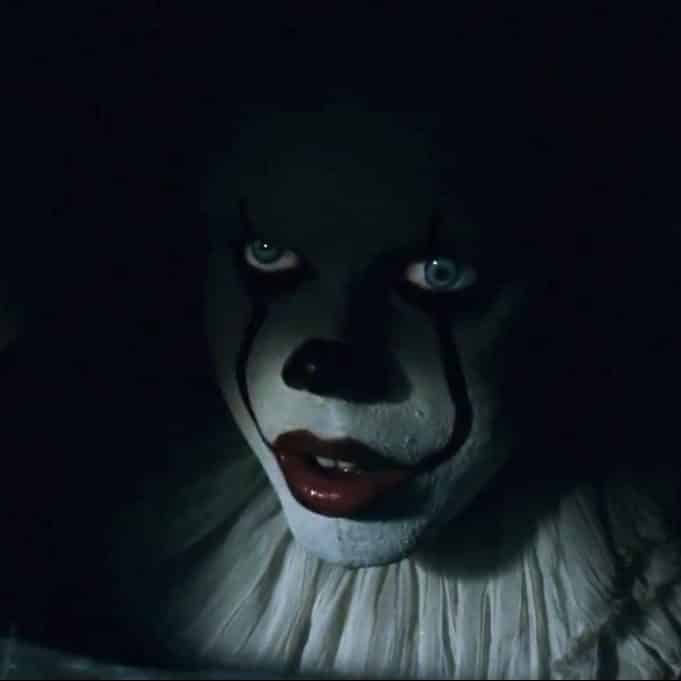
[nativo]
A minor detail that the recent film adaptation does get right – which the TV series doesn’t – is that Pennywise’s eyes change from yellow to blue while he’s trying to lure Georgie into the sewers, though it’s hard to understand why this would make a murderous freak clown any closer to being appealing.
[rtk_adunit_bottom]
13. ‘It’ is actually female in King’s story
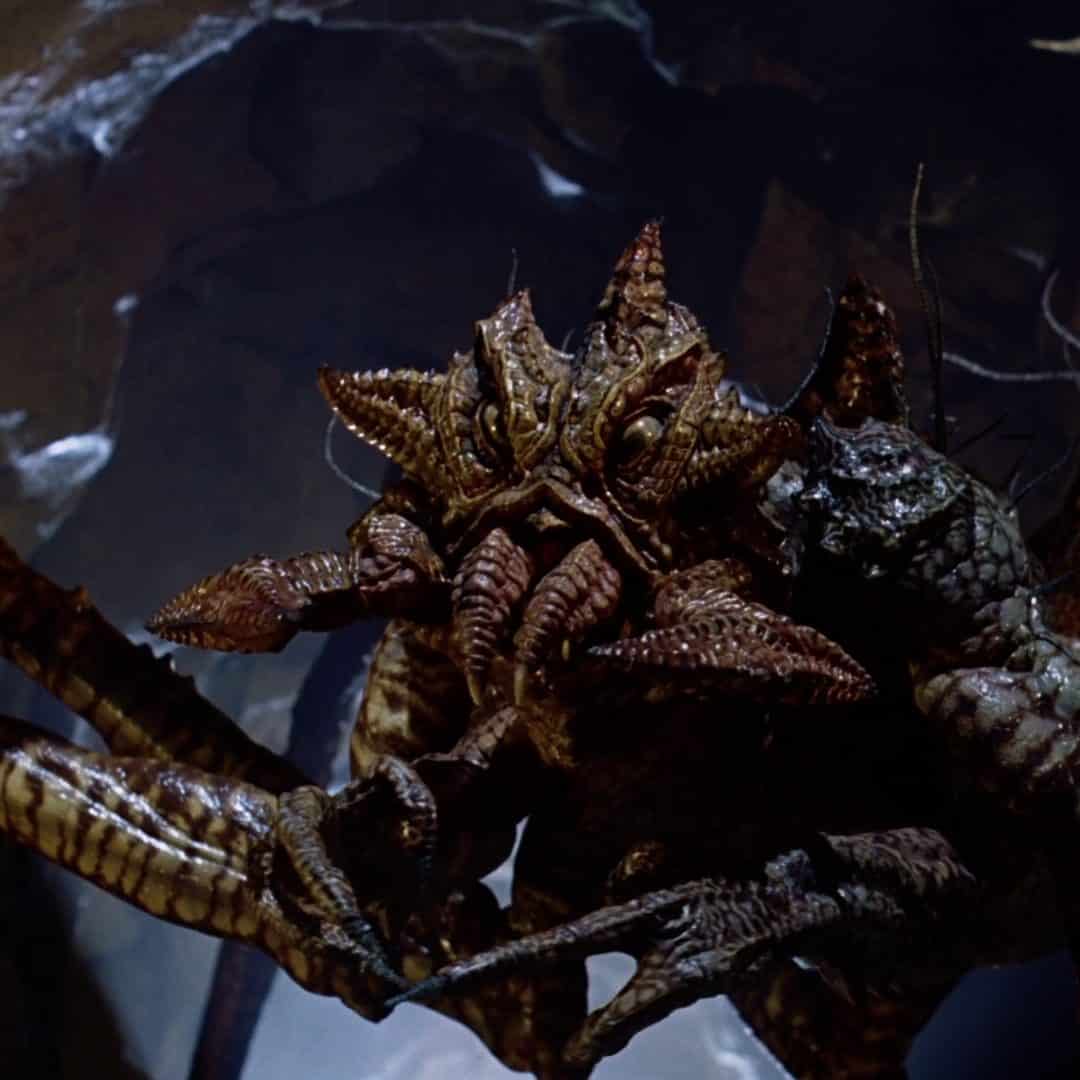
The movie It: Chapter 2 is littered with wisecracks about how nobody likes writer Bill Denbrough’s endings, and there’s a pretty good reason for that: readers of the novel and viewers of the TV mini-series alike have long complained about how lame it is that the immortal evil’s true form is revealed in the climax to be a giant spider.
[rtk_adunit_top]
However, while the arachnid aspect survives in both screen adaptations, neither include the novel’s revelation that It is in fact female, having laid eggs all over the cave where the final confrontation takes place.
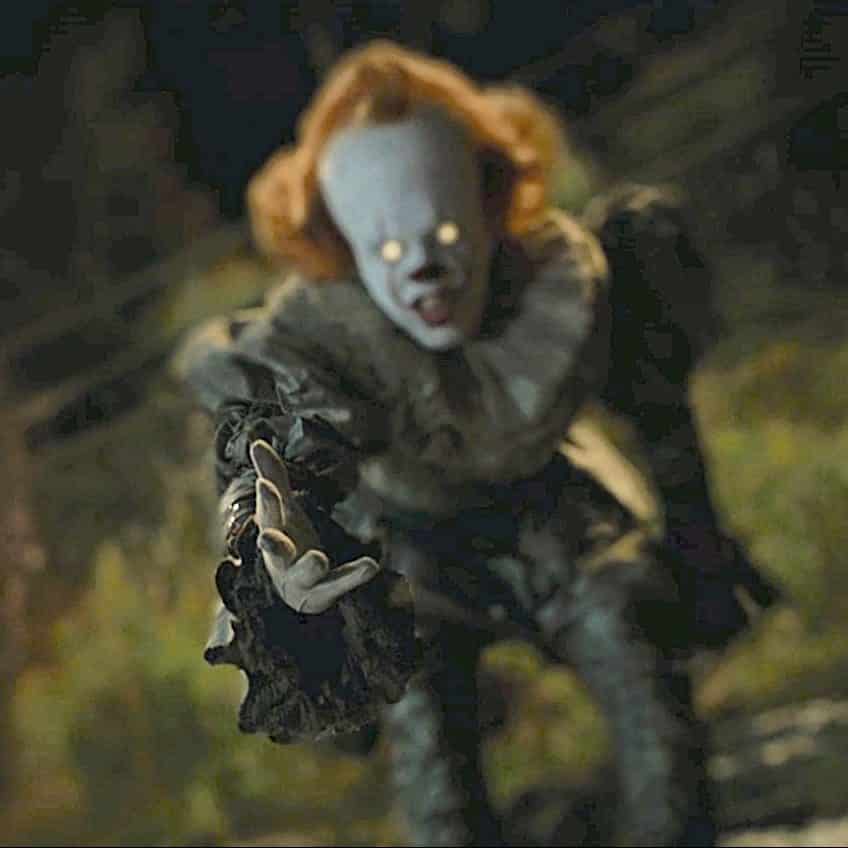
Then again, it’s mentioned several times that It’s true form can’t truly be comprehended by humans, whose minds instead rationalise it as something that seems more familiar (after all, the creature is from an entirely different universe); so while It appears pregnant and thus female, its ability to reproduce is far from concrete.
[rtk_adunit_middle]
Of course, if you envisage a giant insectoid monster in a big cave surrounded by eggs, that immediately brings to mind the classic Aliens (1986), released the same year It was originally published.
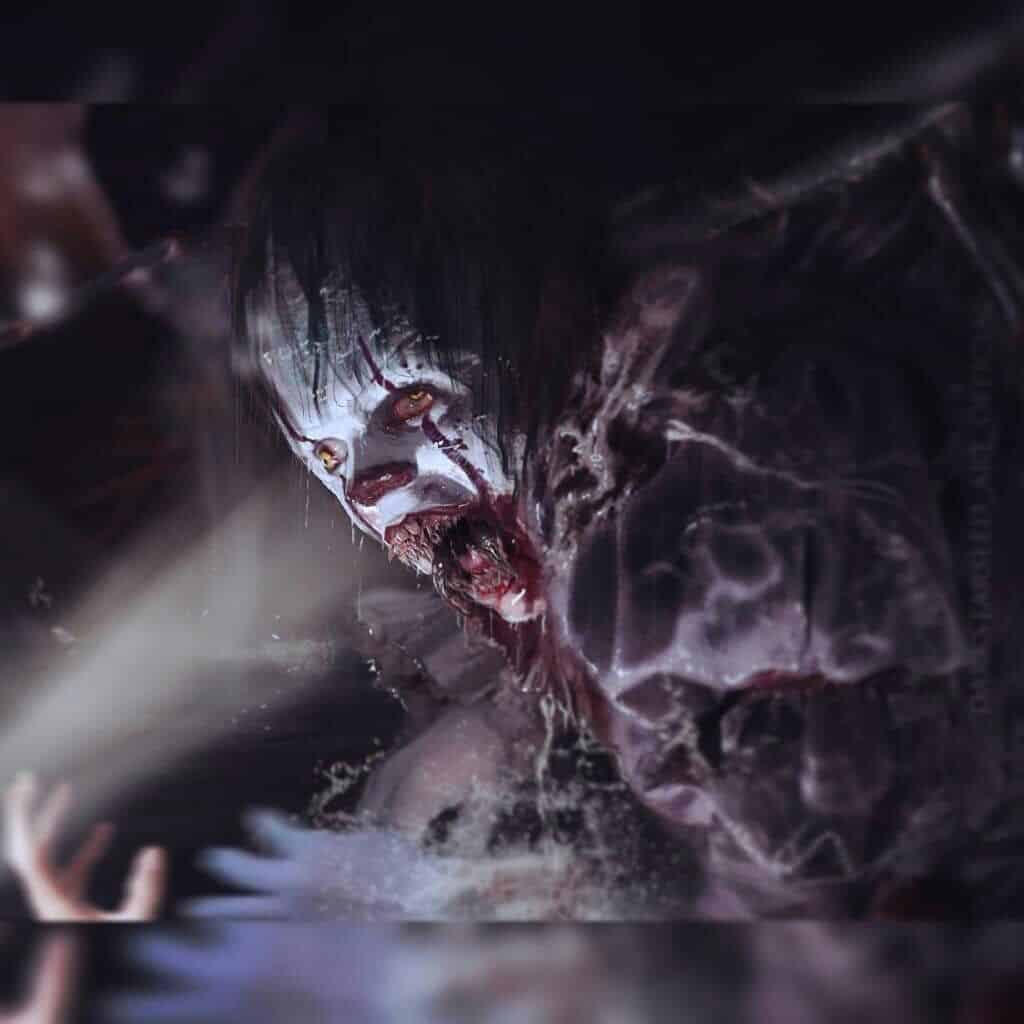
Perhaps the female aspect of It was removed for fears of the scenes being too similar (not that this deterred them from the aforementioned homages to The Thing and The Shining).
[rtk_adunit_bottom]
12. In the book, the kids create a Smoke Hole to give themselves a vision of It
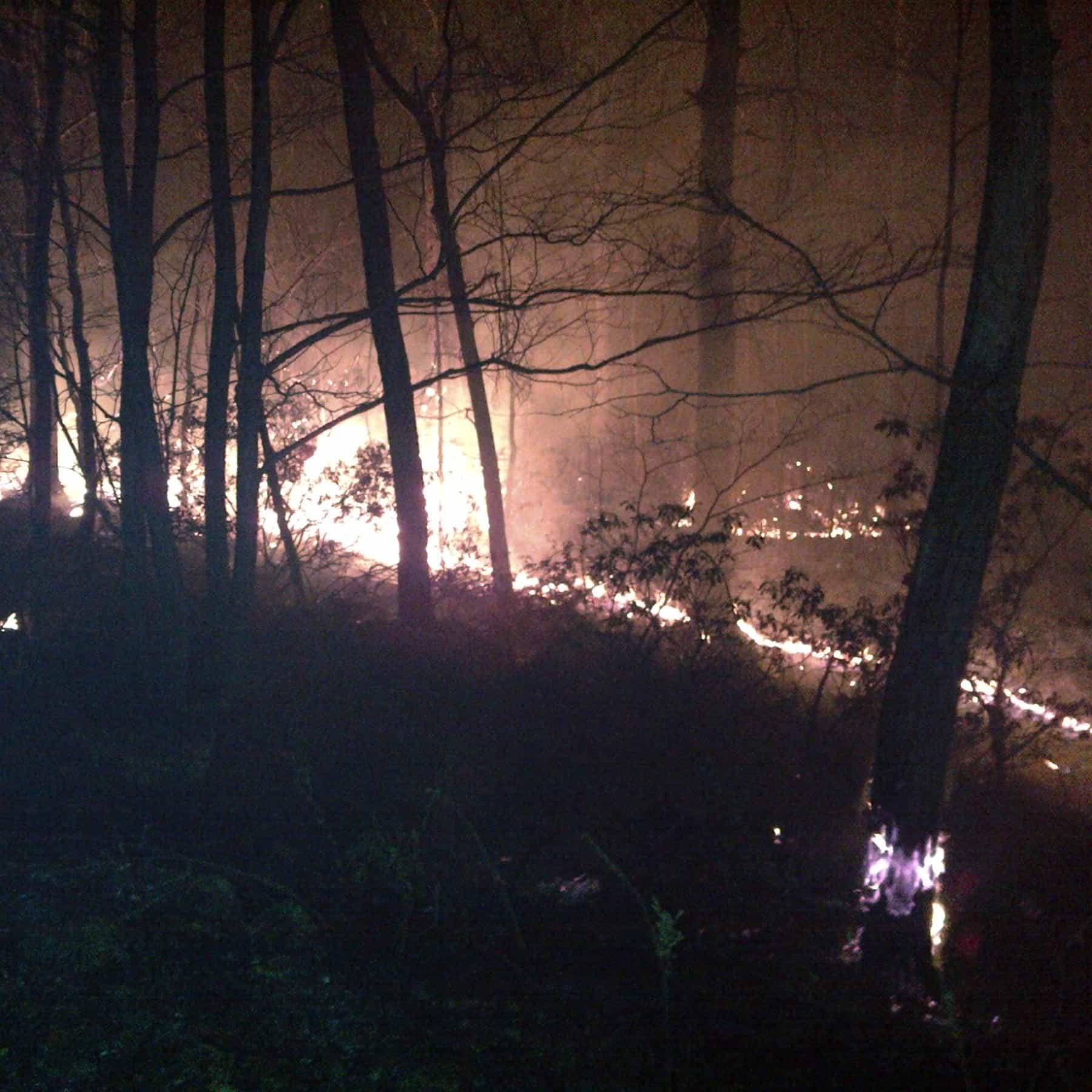
As might be apparent from the aforementioned giant cosmic turtle, parts of It are really quite trippy – and this came across in the recent It: Chapter 2, as adult Mike essentially spikes Richie to induce hallucinatory visions, which are needed to understand It’s origins and how to defeat it.
[rtk_adunit_top]
King, of course, had to go that bit further, and hence in the novel this psychedelic experience happens when they’re still kids, as Ben – having done research on Native American vision quests – suggests the Losers build a smoke hole in the hopes of uncovering the hidden truth behind It – and, as in the movie, only Mike and Richie experience the vision in question.
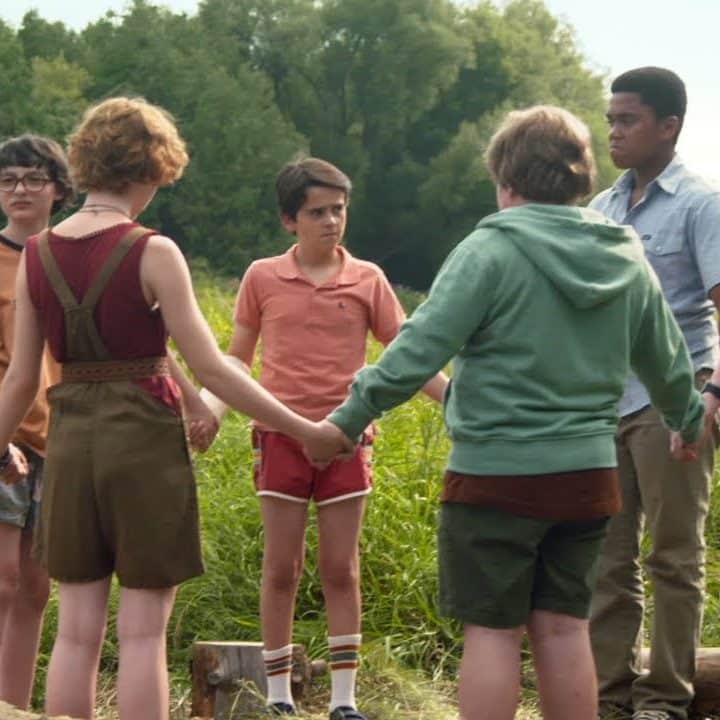
However, for a story that so heavily features something called the Losers’ Club, it’s pretty remarkable that the film doesn’t feature the clubhouse at all – which is where the smoke-induced hallucinations take place.
[rtk_adunit_middle]
There are actually some lovely scenes in the novel in which the Losers just hang out and play games, like actual children who don’t have to battle an intergalactic demon clown.
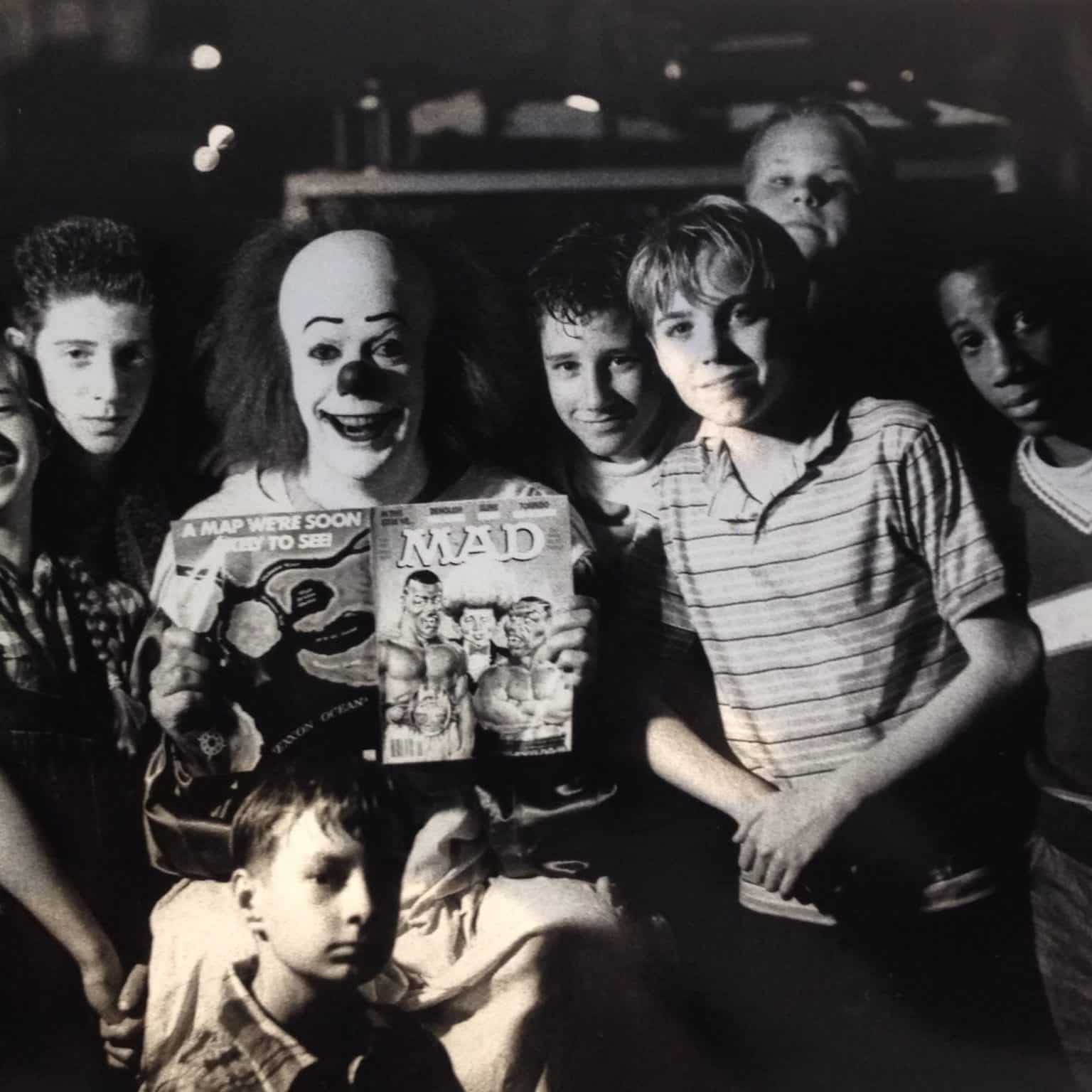
While mainstream audiences may be willing to accept consenting adults engaging in drug-adjacent activity, however, it’s unlikely it would go down so well with underage kids. Speaking of which…
[rtk_adunit_bottom]
11. The book features an underage orgy between the kids
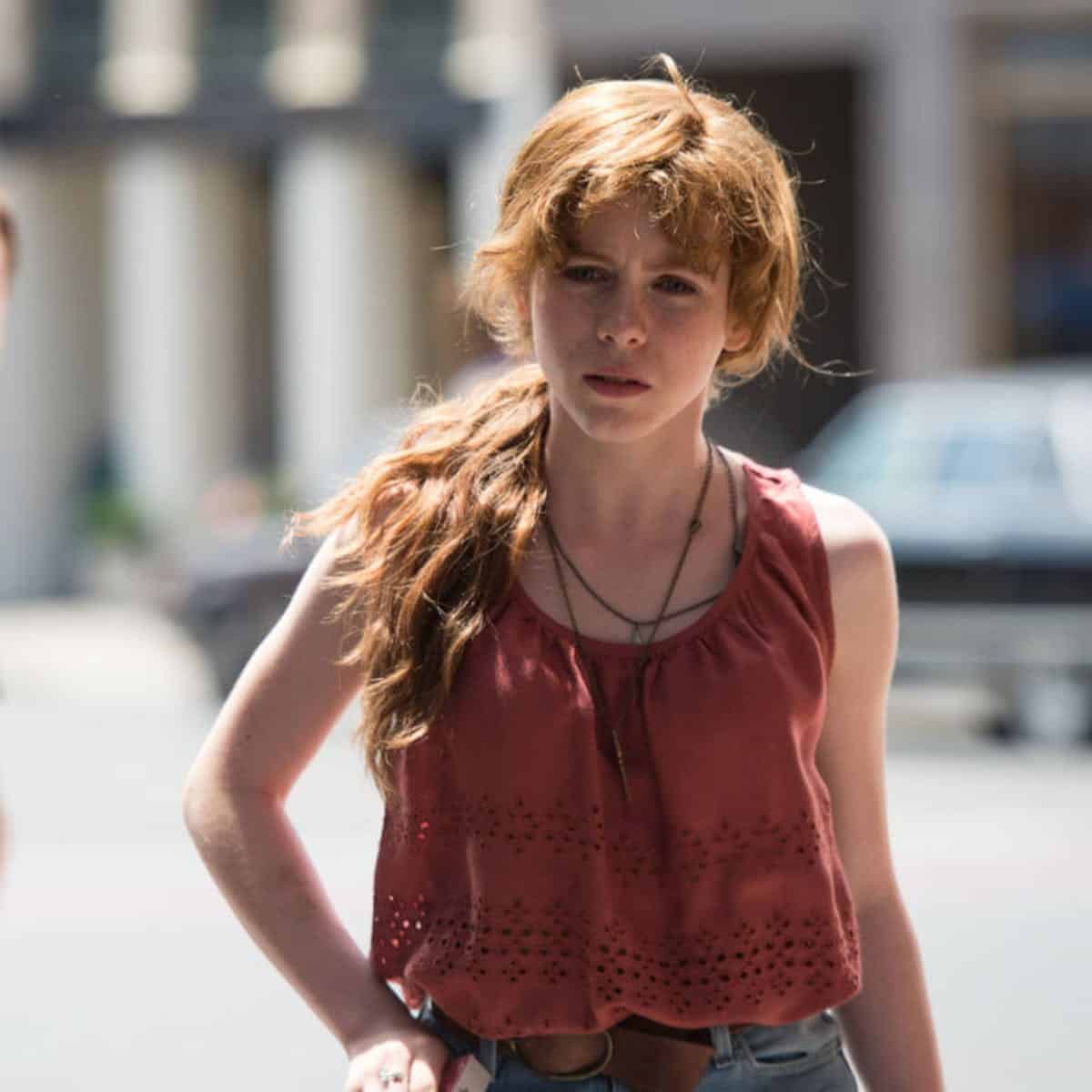
So notorious that it tends to be referred to simply as “THAT moment” in King’s novel, the book features a passage which, to the surprise of absolutely no one, has been left out of both screen adaptations.
[rtk_adunit_top]
In the childhood timeline, following the initial confrontation with It, the Losers get lost in the dark tunnels and start to sink into despair – until, to remedy this, Beverly has the revelation that she should offer herself sexually to each of her male friends there and then.
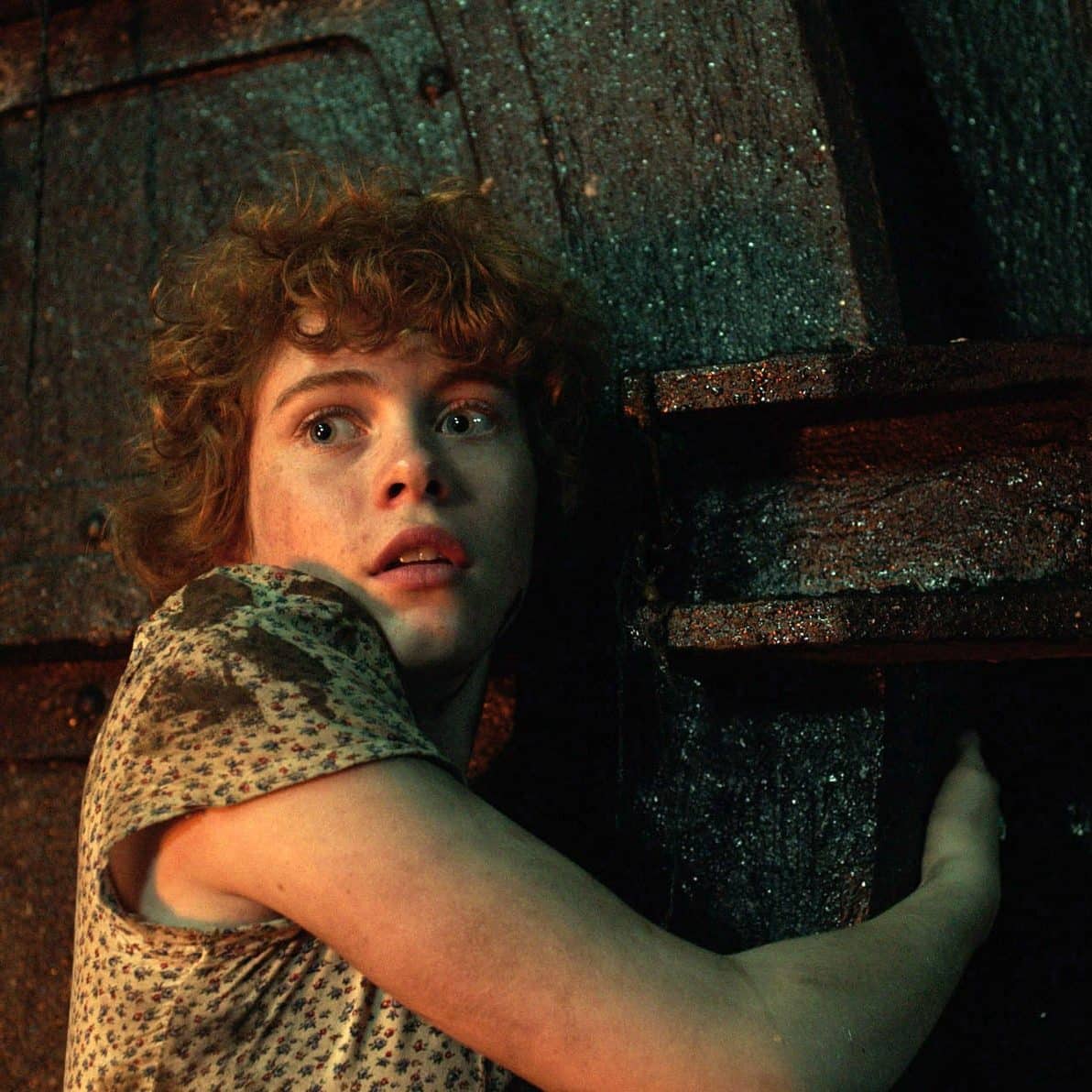
While it may be argued that this act has a thematic function in the novel, in bridging the gap between childhood and adulthood, it was immediately the centre of controversy among the book’s critics, and has never ceased to be controversial.
[rtk_adunit_middle]
As a result, there’s no mystery why both the TV mini-series and movies left it out completely. But the original writer-director wasn’t opposed to inclusions of sexuality.
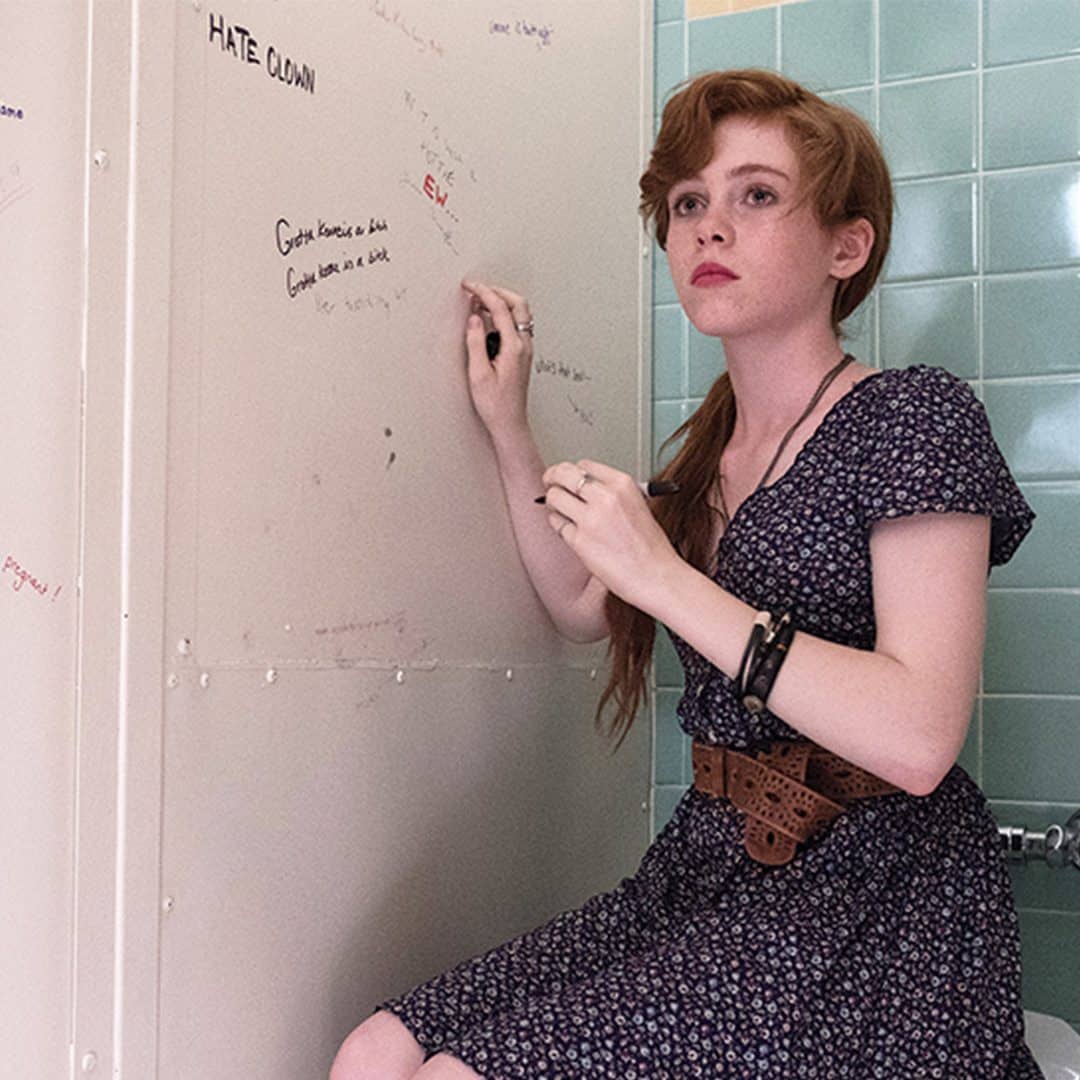
In fact, when Cary Joji Fukunaga was in the director’s chair, the abusive scenes against Beverly were far more explicit. In a script draft completed in 2014, It is first seen as a masturbating woman emerging from a pool of menstrual blood.
[rtk_adunit_bottom]
10. It’s alias is never mentioned in the films
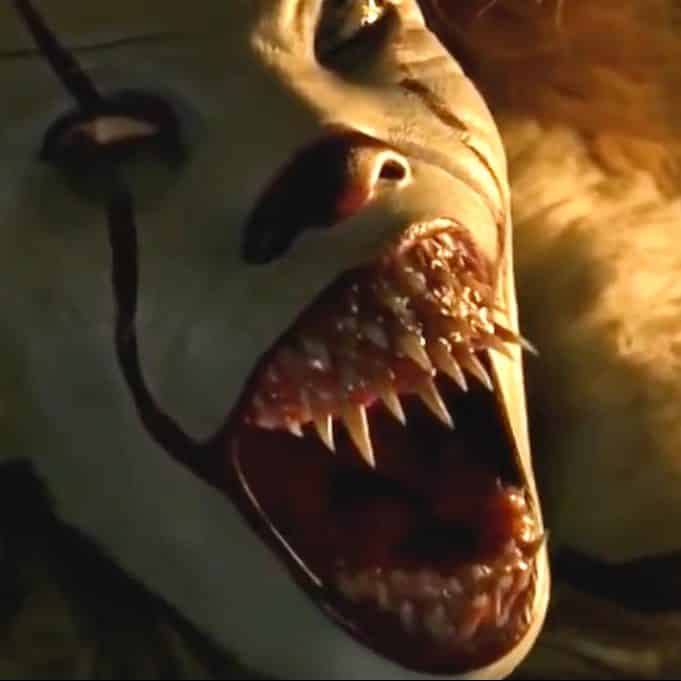
In the film, it’s rare that It refers to itself; in the novel, however, we’re treated to – relatively speaking – lengthier discussions with the creature and monologues about what it’s been doing while perennially sleeping and waking in Derry.
[rtk_adunit_top]
For example, in the novel It refers to itself relatively frequently as Robert ‘Bob’ Gray, though it’s never explicitly mentioned why.
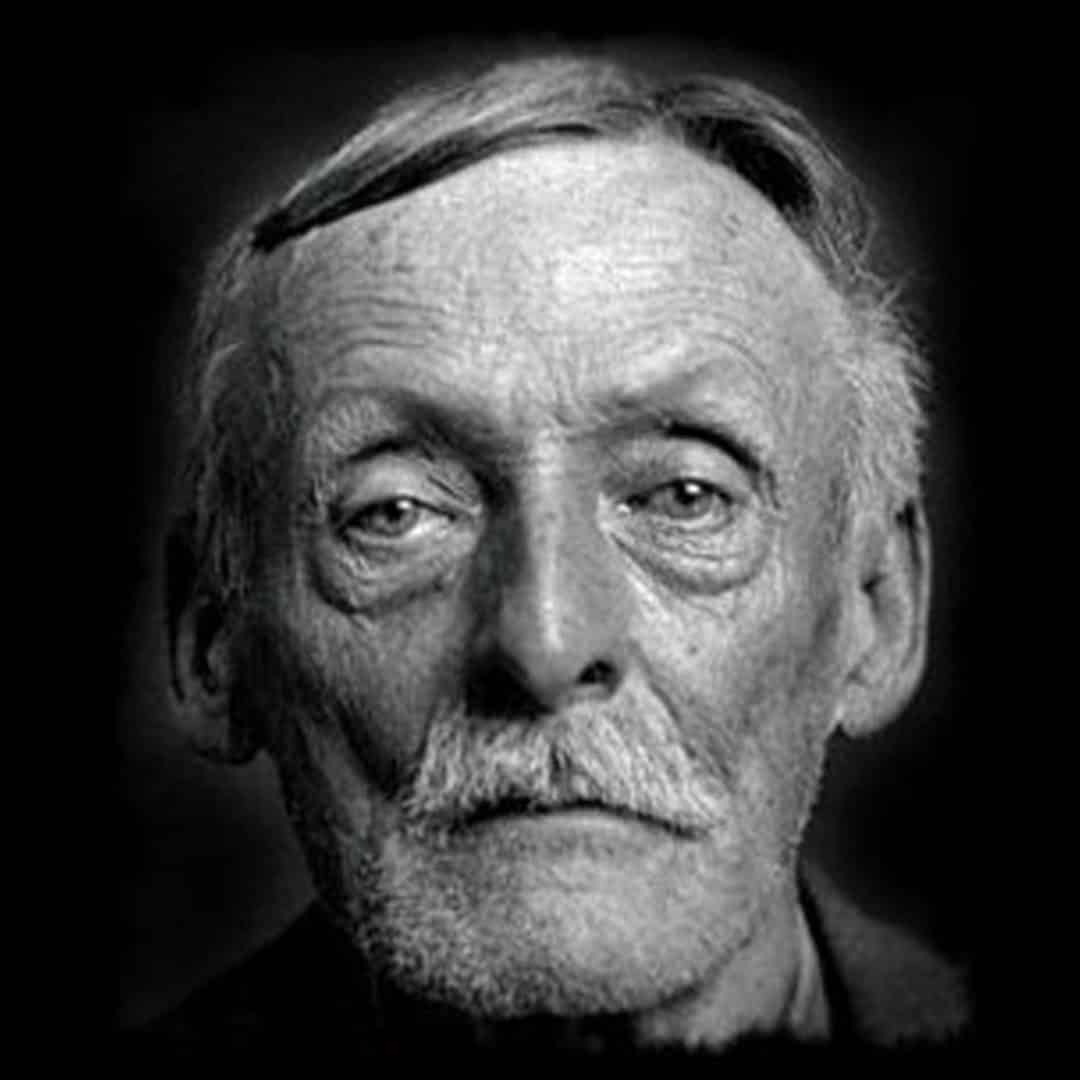
The best theory suggests that It is making a reference to the real-life serial killer and cannibal Hamilton Howard “Albert” Fish, who often used the same alias.
[rtk_adunit_middle]
Fish was a prolific criminal who claimed to have had more than 100 victims – sexually assaulted, murdered, eaten, or otherwise.
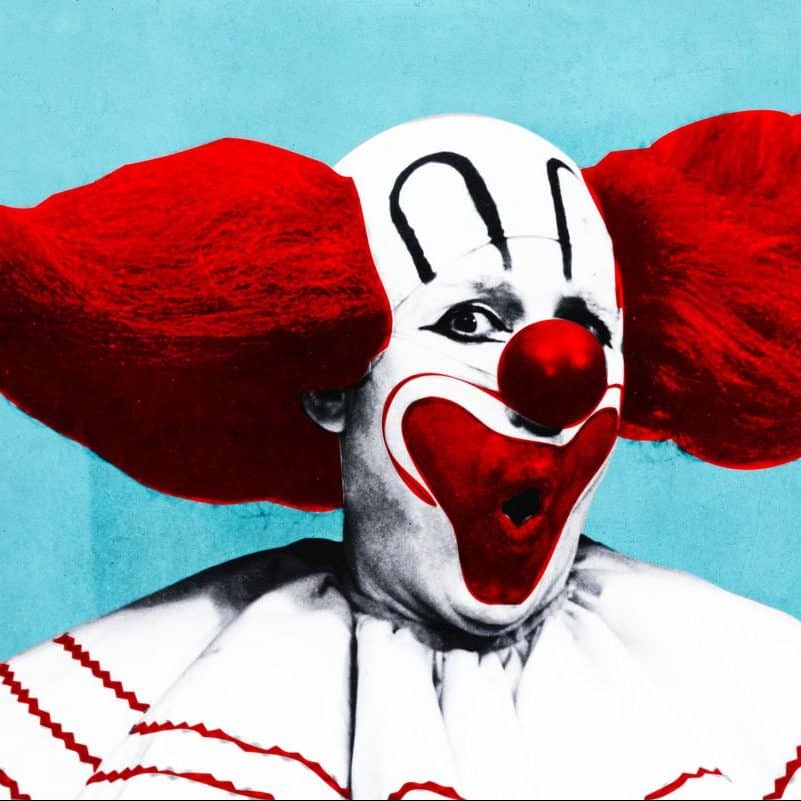
Another theory is that ‘Robert’ is the same forename as the man who first portrayed Bozo the Clown, Robert Bell, though the murderous explanation does fit Pennywise better.
[rtk_adunit_bottom]
9. The group that battles It in Chapter 2 is different in the book
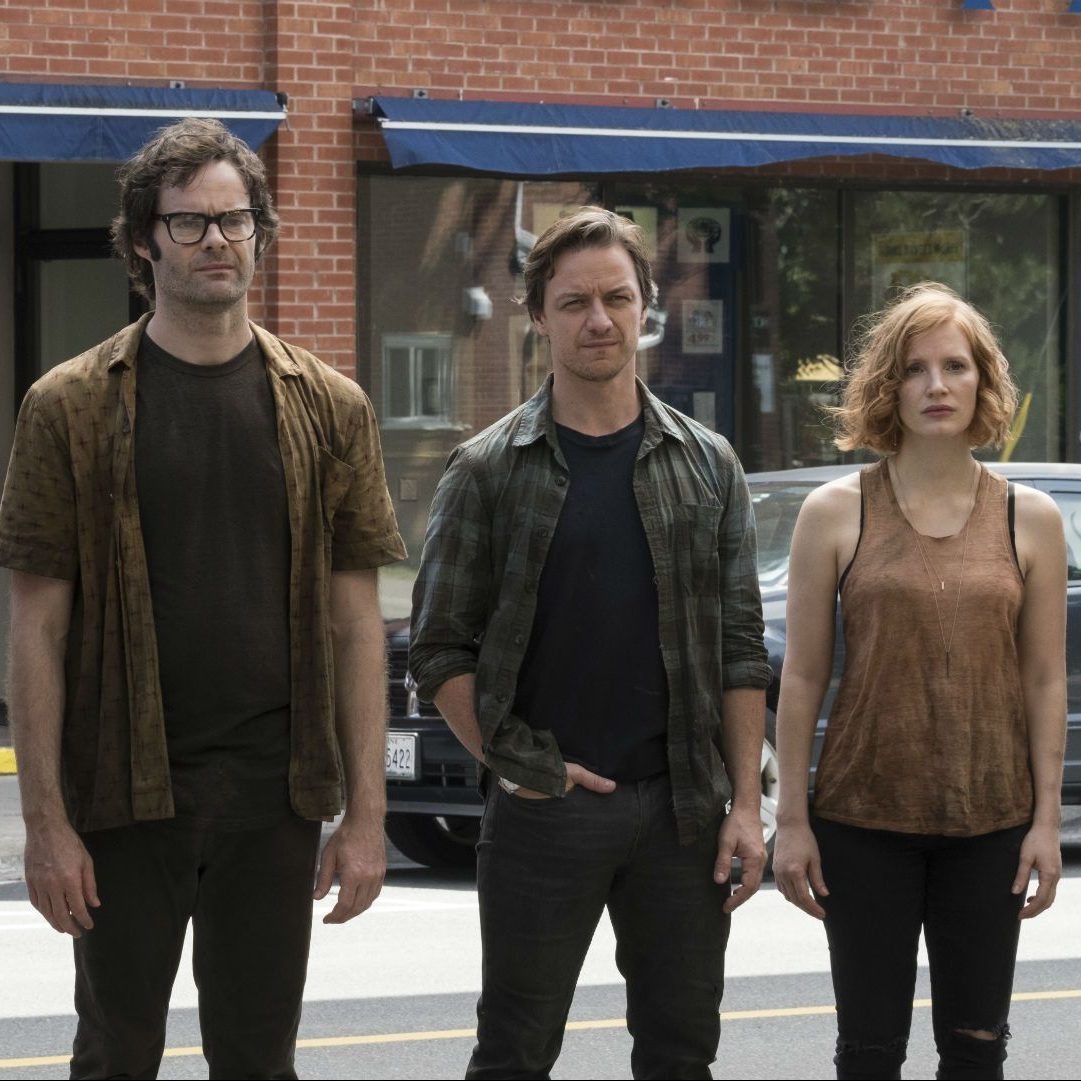
In another example of the novel’s fluid changing of time periods and perspectives, it’s also a lot more ambitious with its characters’ plights compared to the film.
[rtk_adunit_top]
In the film, Bill, Beverly, Ben, Richie, Mike and Eddie all make their way through the abandoned house and down into the sewers to confront It. In the novel, however, things are different.
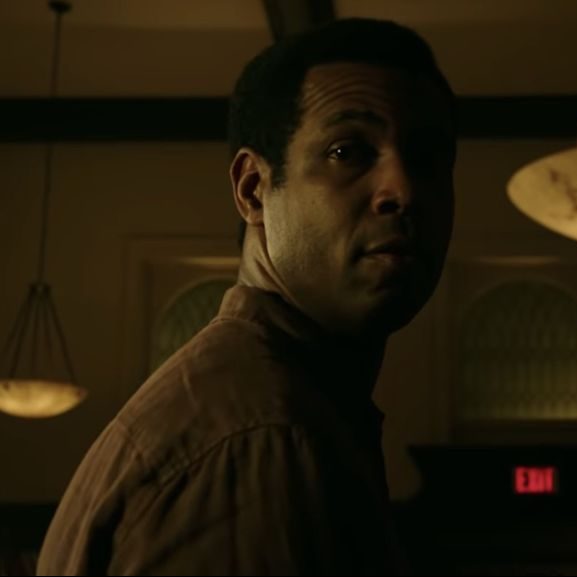
According to Stephen King’s text, Mike is in hospital after having been attacked by a possessed Henry Bowers while researching in the library.
[rtk_adunit_middle]
Beverly also never experiences the Deadlights – the gateway to It’s original dimension that drives humans mad at the mere sight of it.
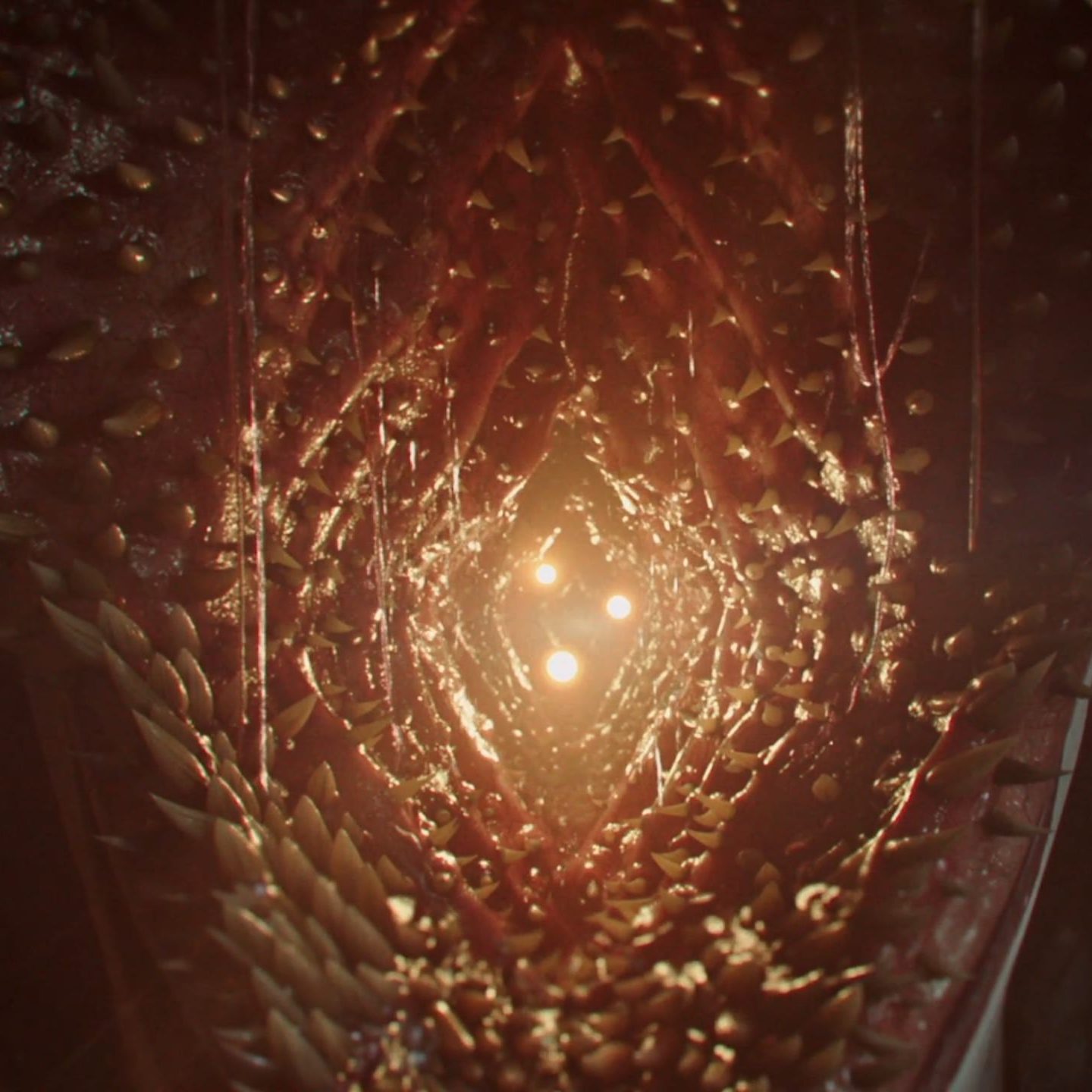
It’s likely that the full gang ended up in the sewers in the movie because it would feel strange to leave one out – especially considering that Mike is one of the few examples of ethnic representation in the film.
[rtk_adunit_bottom]
8. The ritual to banish It is completely different in the book
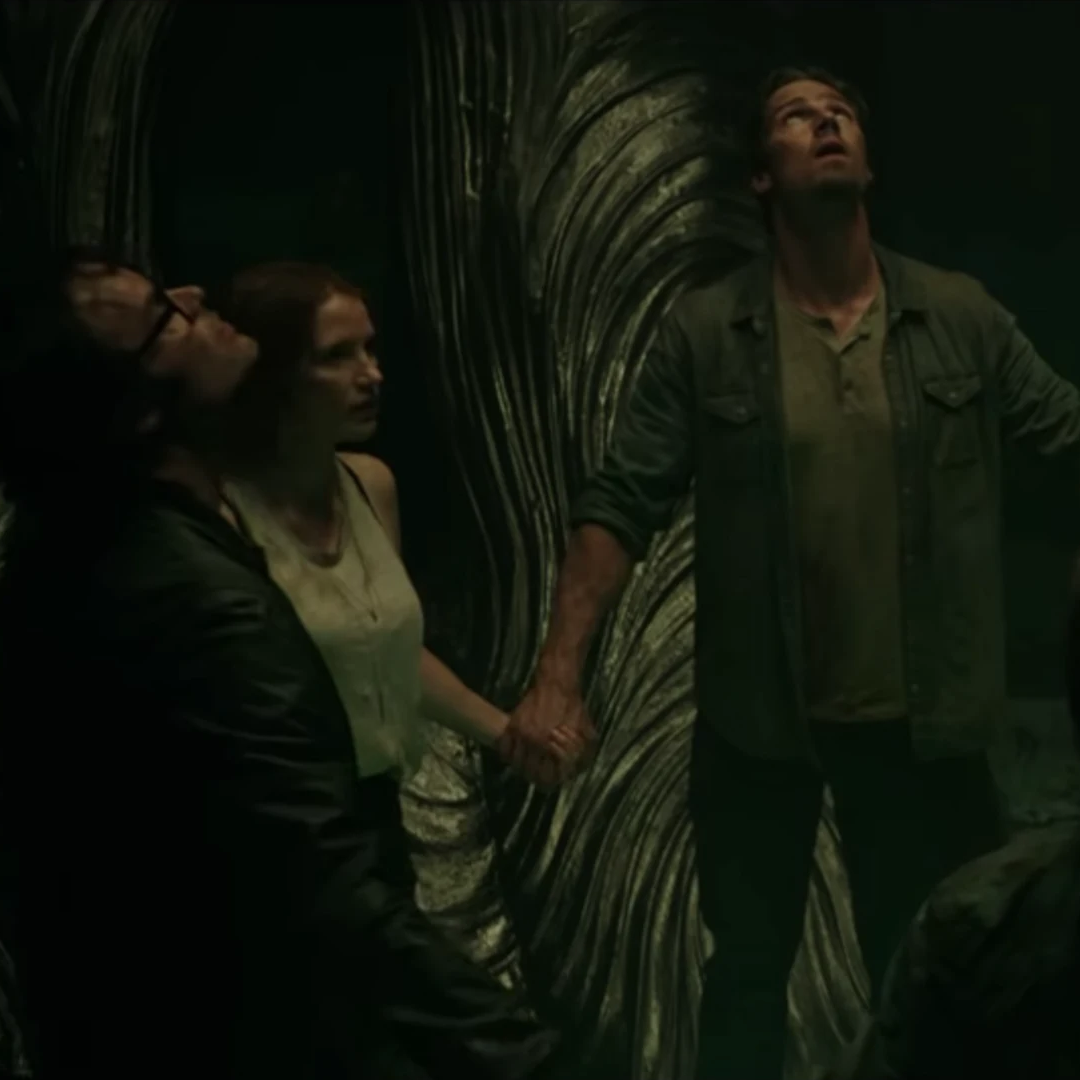
In the confrontation with It, the Losers’ Club performs the ‘Ritual of Chüd’, the only known way to deal with the creature. However, both their execution and results differ wildly between the book and the film. Tongue, anyone?
[rtk_adunit_top]
In the film, the Losers enact a ritual that was once used by Native Americans against It, which involves burning tokens that represent something special for each of the Club members. However, the ritual fails, and failed originally after It devoured the Native Americans who were attempting to ward it off.
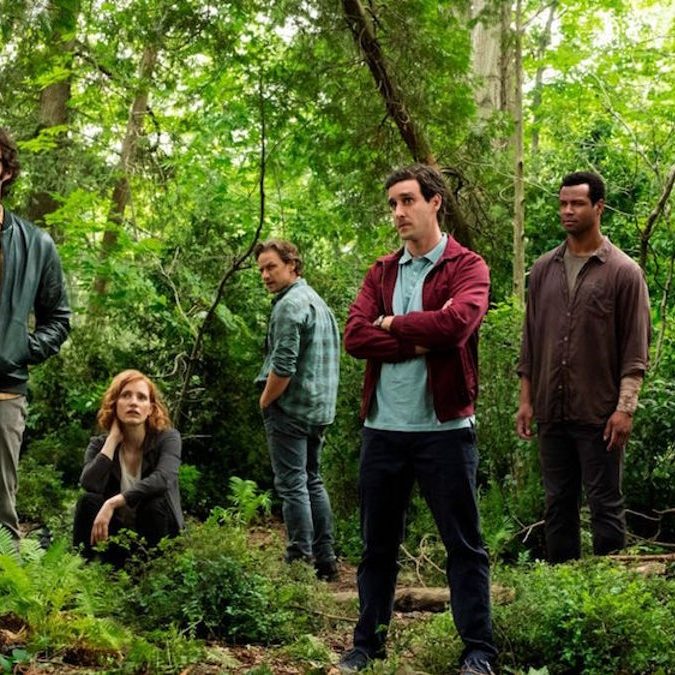
By contrast, in the novel the ritual supposedly derives from Himalayan culture, and requires the participant to lock tongues with It, bite down and stare the creature in the eyes, and then tell it jokes. Whoever laughs first loses.
[rtk_adunit_middle]
After some questionable jokes – more on that later – It becomes weakened and the ritual succeeds.
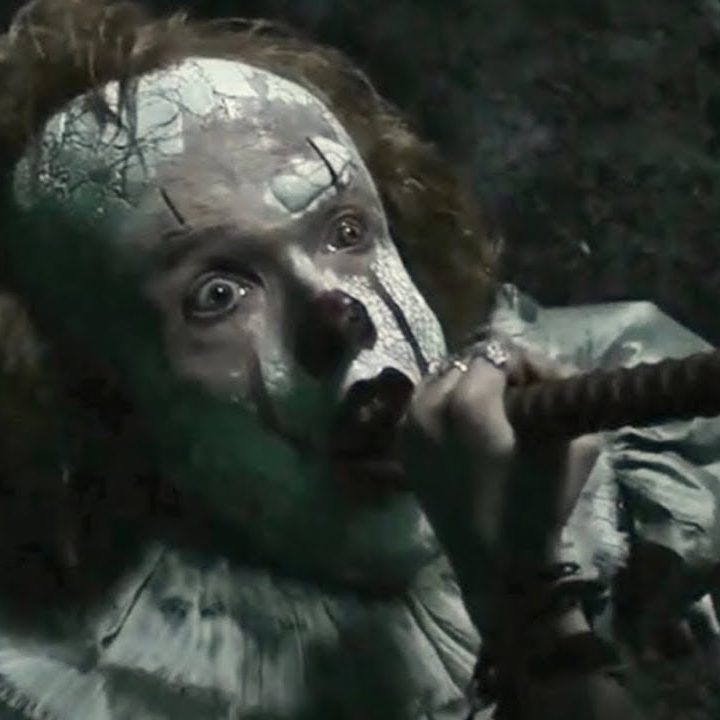
Despite the fact that the Ritual of Chüd fails in the movie, they do end up fighting It in a similar method to the novel, bullying It into diminishing, at which point they grab its heart and crush it.
[rtk_adunit_bottom]
7. Stan’s death is given more prominence in the films
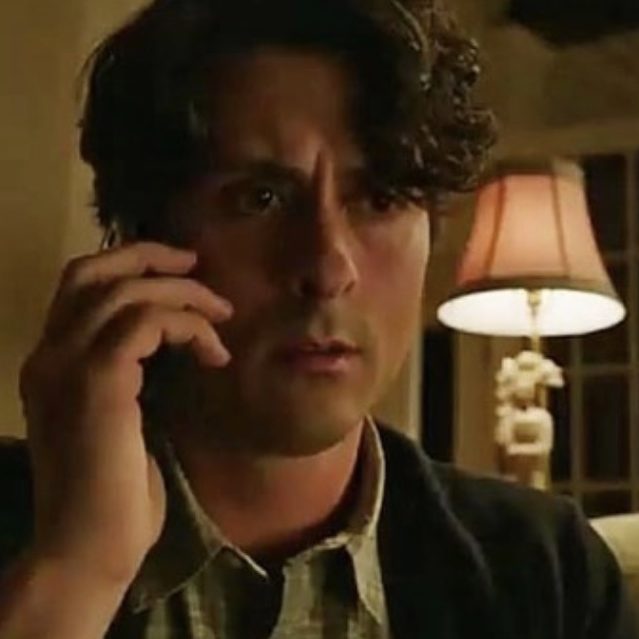
In one of the more heartbreaking moments in an otherwise utterly terrifying story, Stan doesn’t return to Derry to confront It a second time.
[rtk_adunit_top]
In all versions, when Stan is informed that Pennywise lives, he hangs up the phone and goes to take a bath. While in the bath, he kills himself and paints ‘IT’ on the wall with his blood.
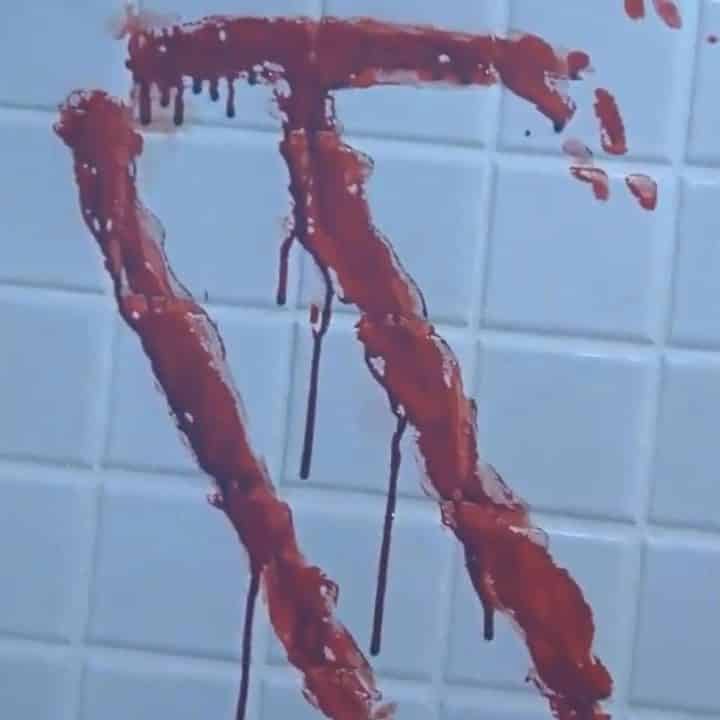
Stan believes that the Losers’ Club will need the full force of their beliefs, to be able to confront their fears, in order to overcome the creature again. As someone who never truly recovered from the first encounter, Stan was afraid that he would jeopardise the second.
[rtk_adunit_middle]
The epilogue of the novel sees Mike recording the events in the immediate aftermath of It’s banishment in his diary. In the movie, however, a letter from Stan to his friends serves as the closing narration instead, highlighting the tragedy of his death.
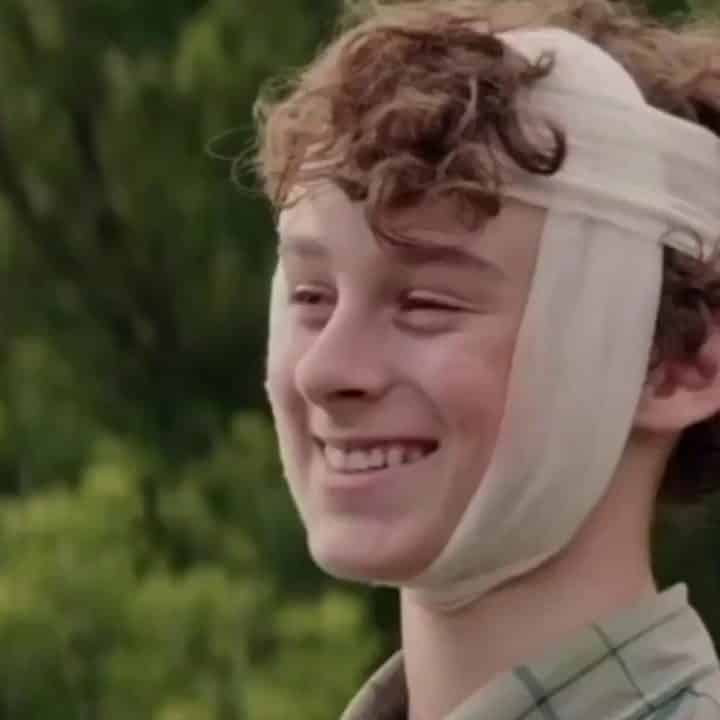
The greater prominence given to Stan’s death is consistent with the treatment of his character in both films, in which his character was rounded out more, although one crucial and tragically ironic detail is omitted…
[rtk_adunit_bottom]
6. Stan, not Bill, cuts the palms of the Losers in King’s book
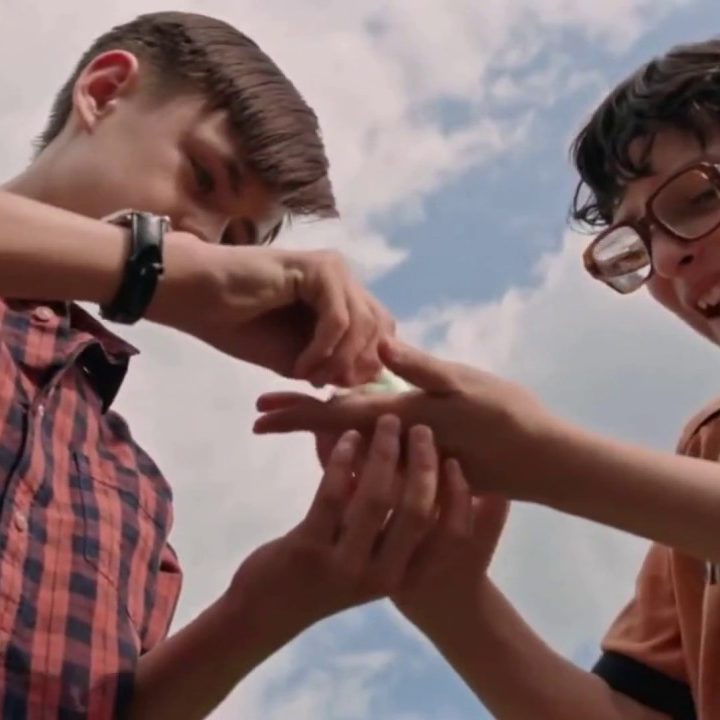
The blood oath scene is iconic, if a little gross, and provides a moving finale to It: Chapter 1. As the Losers’ Club’s memories start to fade after their battle with It, the pact they made reminds them of their duty to stop the creature should it ever return.
[rtk_adunit_top]
In the novel, it’s Stan who smashes the bottle to cut the Losers’ palms, and first makes a joke about using it to cut his wrists instead.
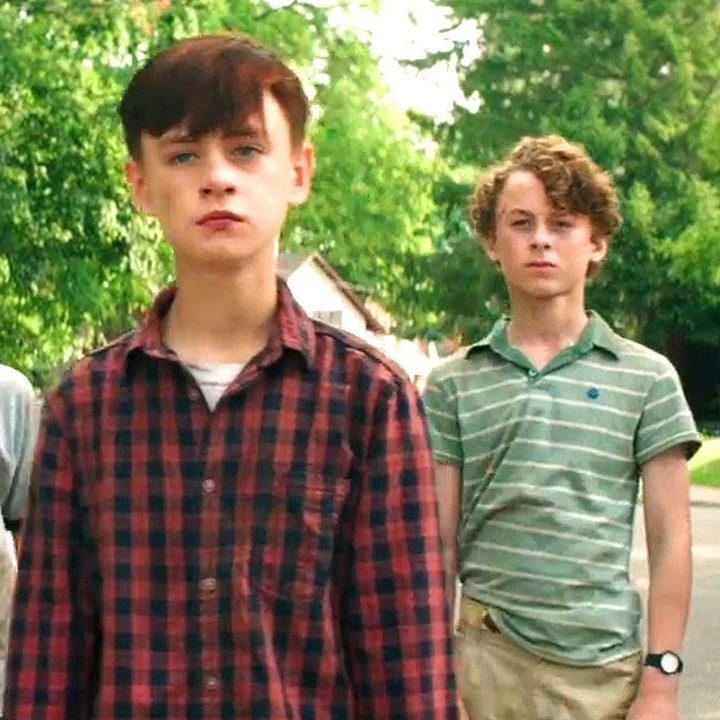
Joking about cutting his wrists is meant to foreshadow Stan’s suicide; even cutting the palms and instigating the blood oath turns to irony when Stan is the only member of the Club not to come back to Derry.
[rtk_adunit_middle]
In the recent film adaptation, however, it’s Bill who demands a blood oath. This makes sense given that the film mainly operates from Bill’s perspective, and the narrative is driven by his attempts to find and then avenge his younger brother.
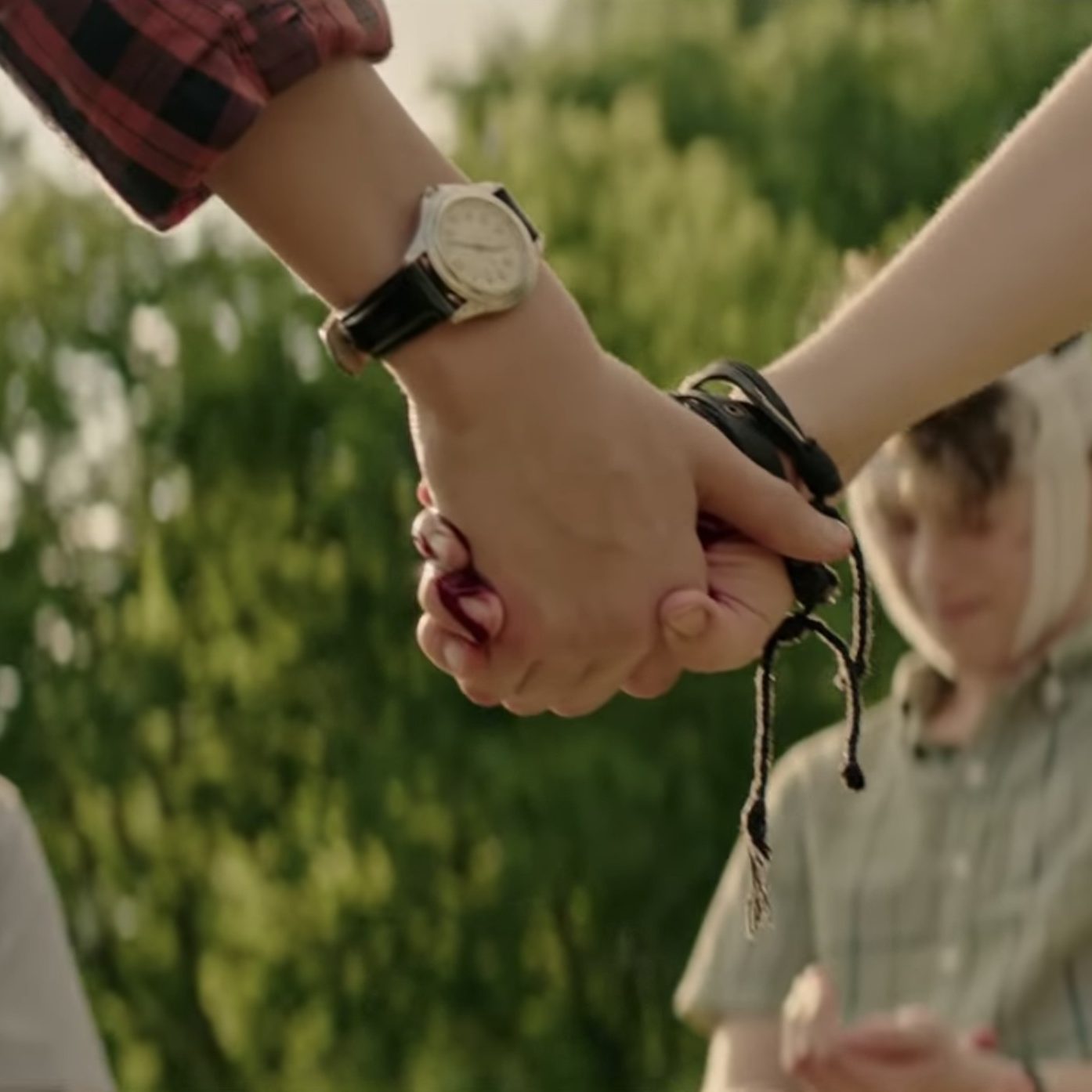
But it’s still a shame that the films miss out on involving Stan more deeply in the narrative, his suicide a moment in the novel that punctures the idea that the Losers are some kind of superhero group. Instead, they were just children, and trauma lasts.
[rtk_adunit_bottom]
5. In the novel, Beverly never cuts her hair
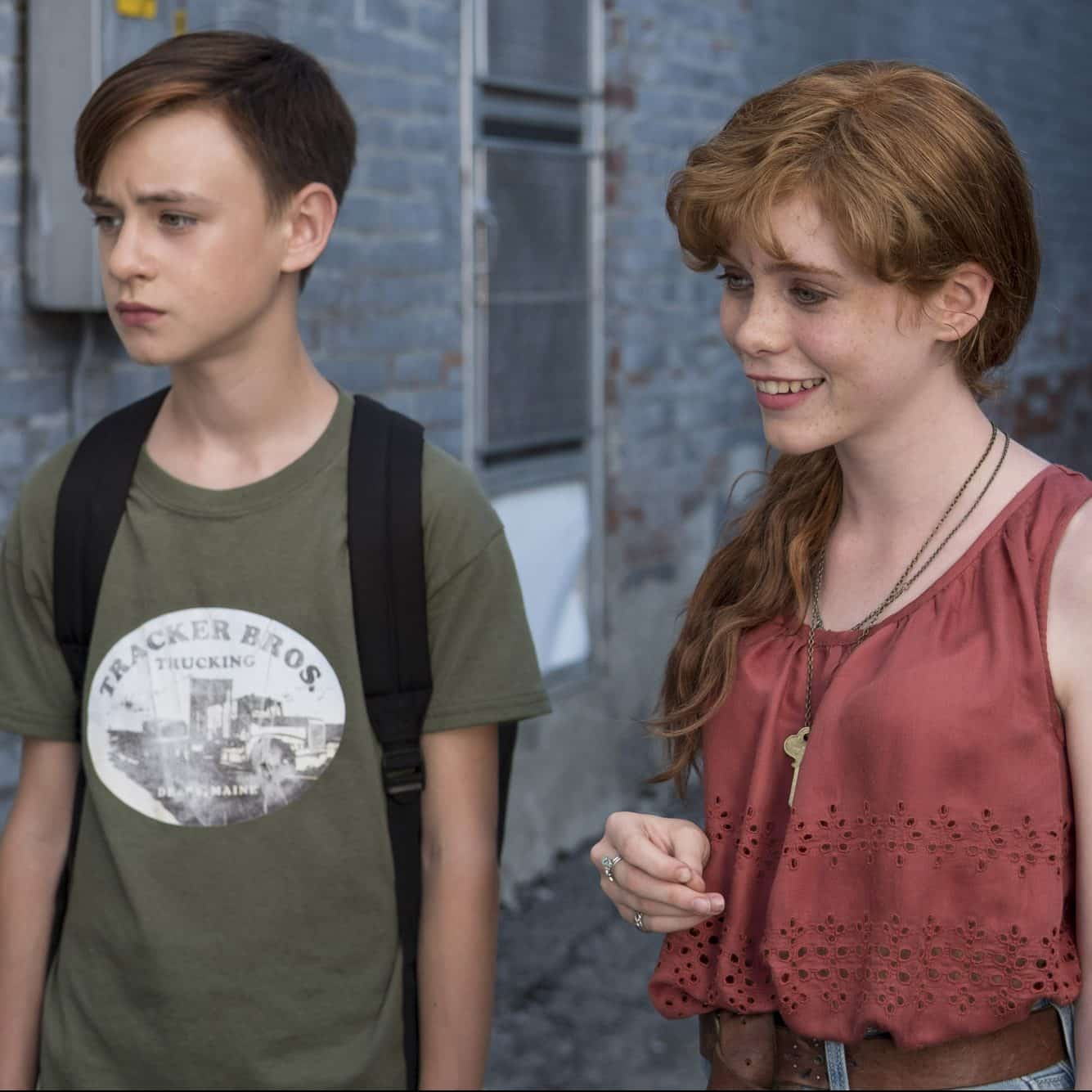
In most of Stephen King’s novels, for all that they feature horrifying beasts that melt your brain, the real monster is the humans – often parents – who surround us in our everyday lives. The tragic story of Beverly Marsh is perhaps the best example.
[rtk_adunit_top]
The book is more explicit about the sexual abuse that Beverly suffers at the hands of her father, and gives more of a backstory to the absence of her mother, who suspected her husband of his horrific crimes but died of cancer before being able to save her daughter.
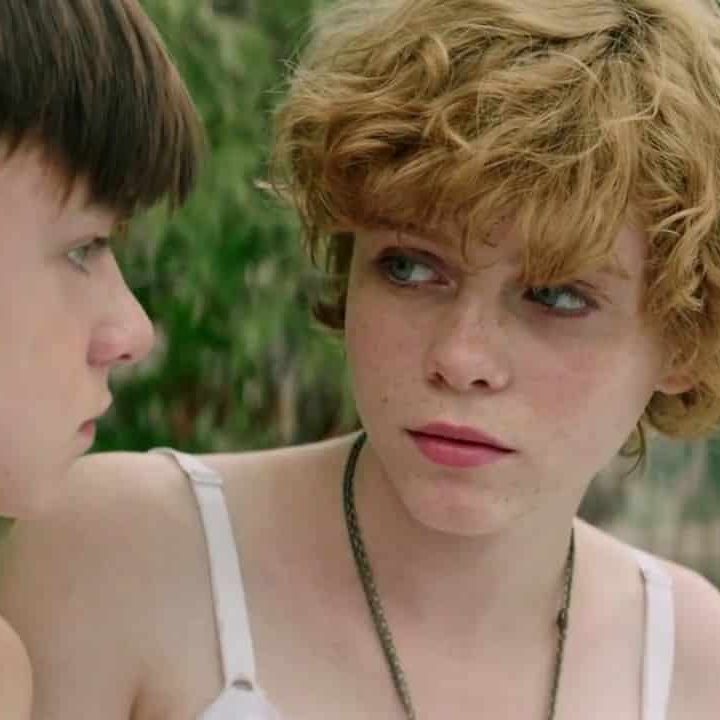
In the film, the abuse of Beverly is clear but more implicit, with body language and tone conveying much of the meaning behind her father’s words.
[rtk_adunit_middle]
Perhaps to balance this out, without also becoming too graphic or terrifying a film, It: Chapter 1 features a scene in which Beverly cuts off her hair in an attempt to appear more masculine and therefore discourage her father’s actions.
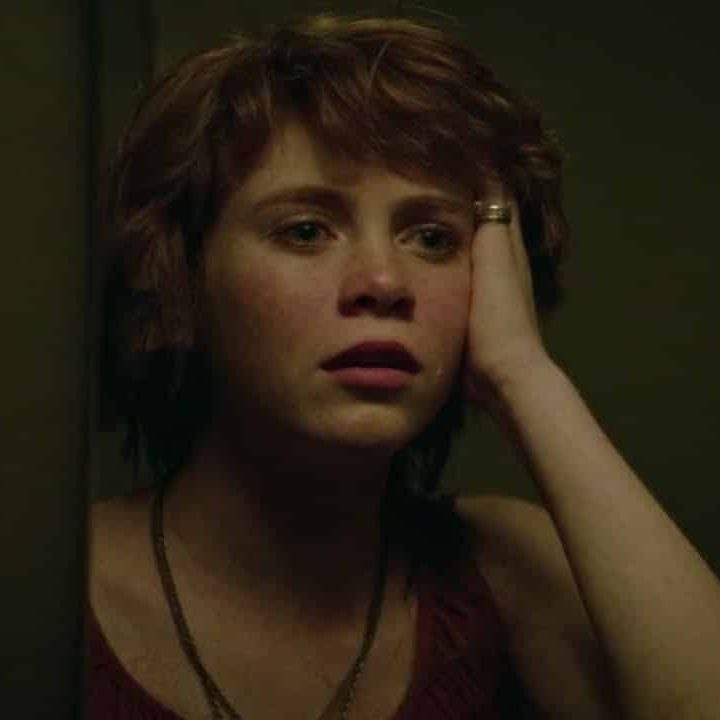
It then uses her discarded hair to bind her down while the bathroom is filled with blood. In the novel, this never happens.
[rtk_adunit_bottom]
4. Racial tension is more of a theme in the book
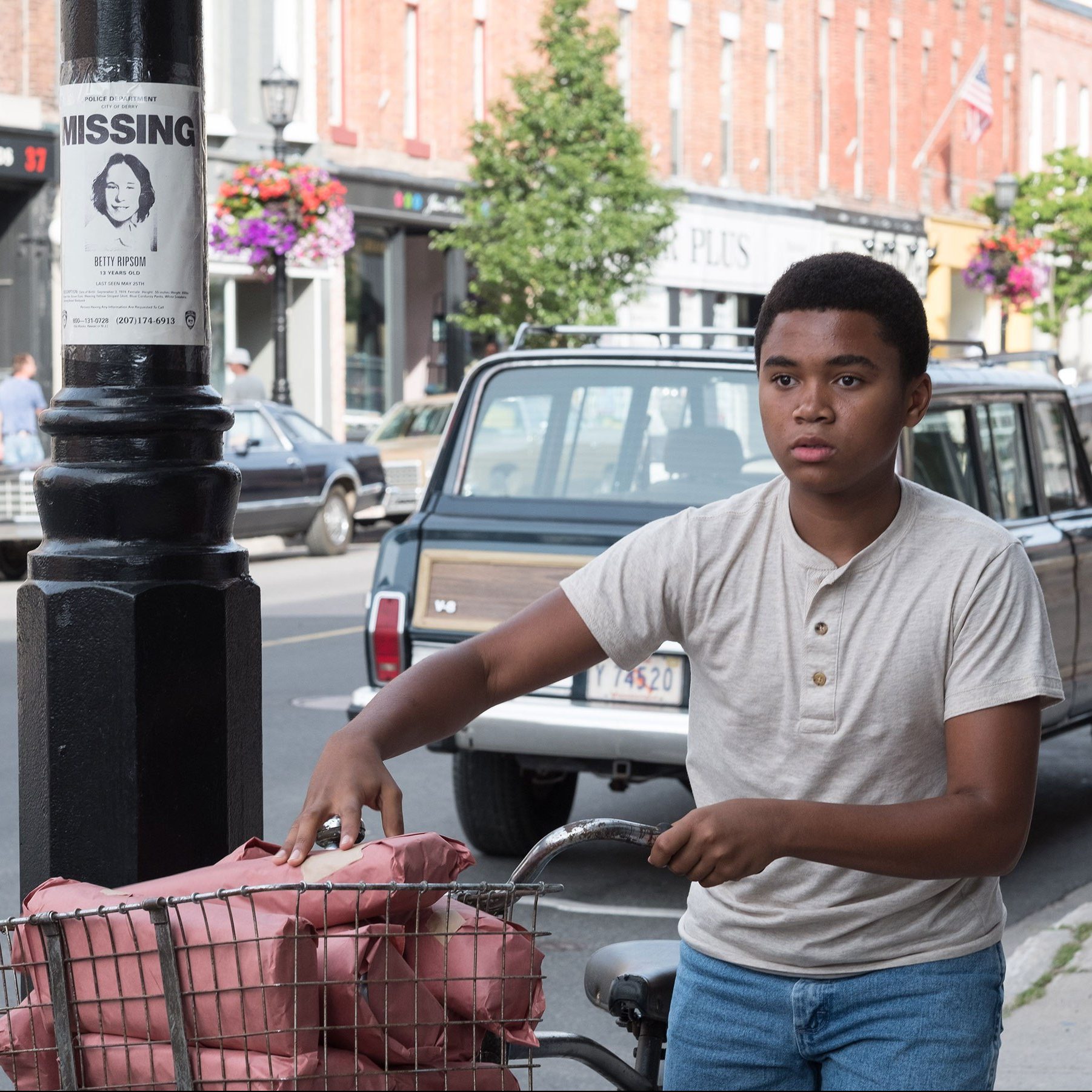
In the films, Henry Bowers’ actions seem to take place out of a psychopathic malice and possession by It, with little more to motivate his attack on Mike than circumstance. But in the novel these encounters are far more racially charged.
[rtk_adunit_top]
For one thing, it’s described that Mike and Henry’s families have been feuding for some time, involving racial slurs and painting the Hanlon house with white supremacist symbols. Once a firearm is involved, the Bowers family backs off, but that doesn’t stop Henry from attempting to carry out what his father did not.
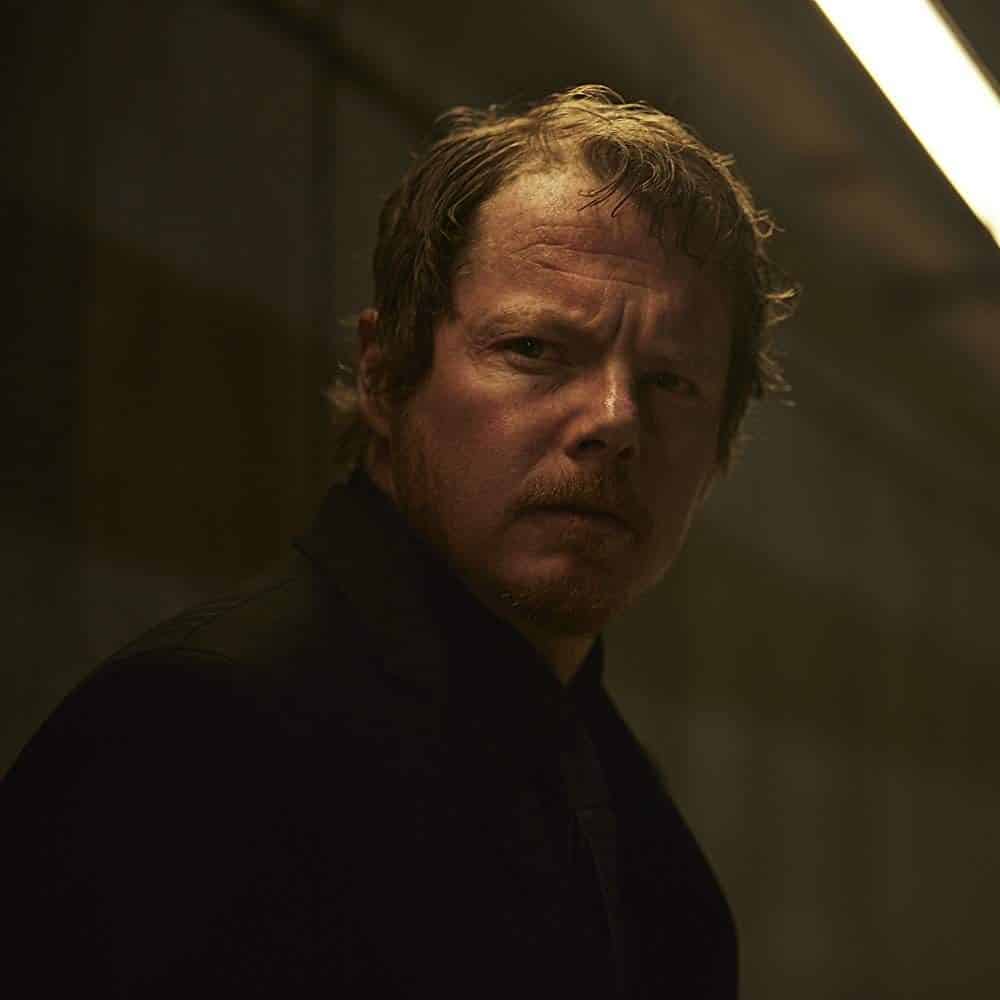
This racial aspect is removed entirely from the film, with Henry Bowers’ family changing in turn: his father is no longer a deadbeat racist, but a member of the local police force.
[rtk_adunit_middle]
Additionally, it’s never explicitly shown – like Beverly – that Henry is abused by his father, but he nevertheless kills his dad under It’s direction.
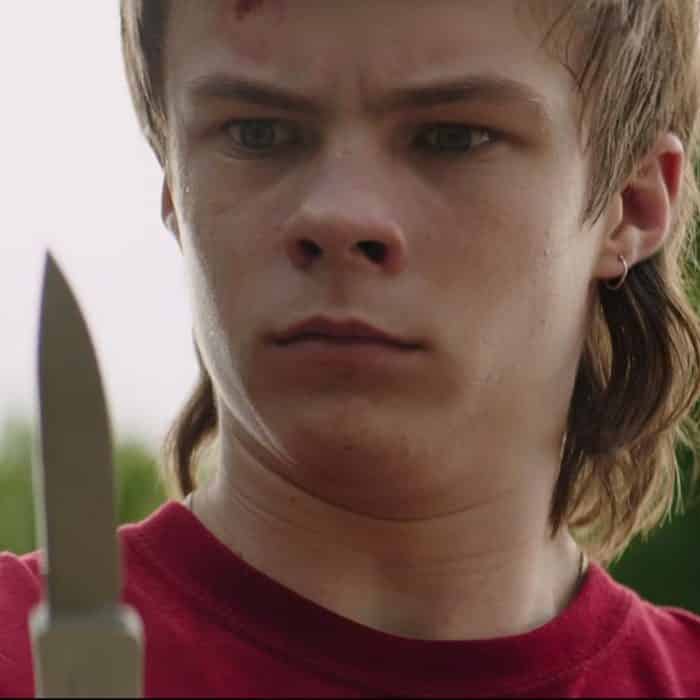
It’s possible that these themes were omitted due to an ongoing focus on police abuse and black oppression in the United States, which might have distracted from the intended themes of the film. Or perhaps it was simply cut for time.
[rtk_adunit_bottom]
3. Richie’s problematic impressions are removed from the films
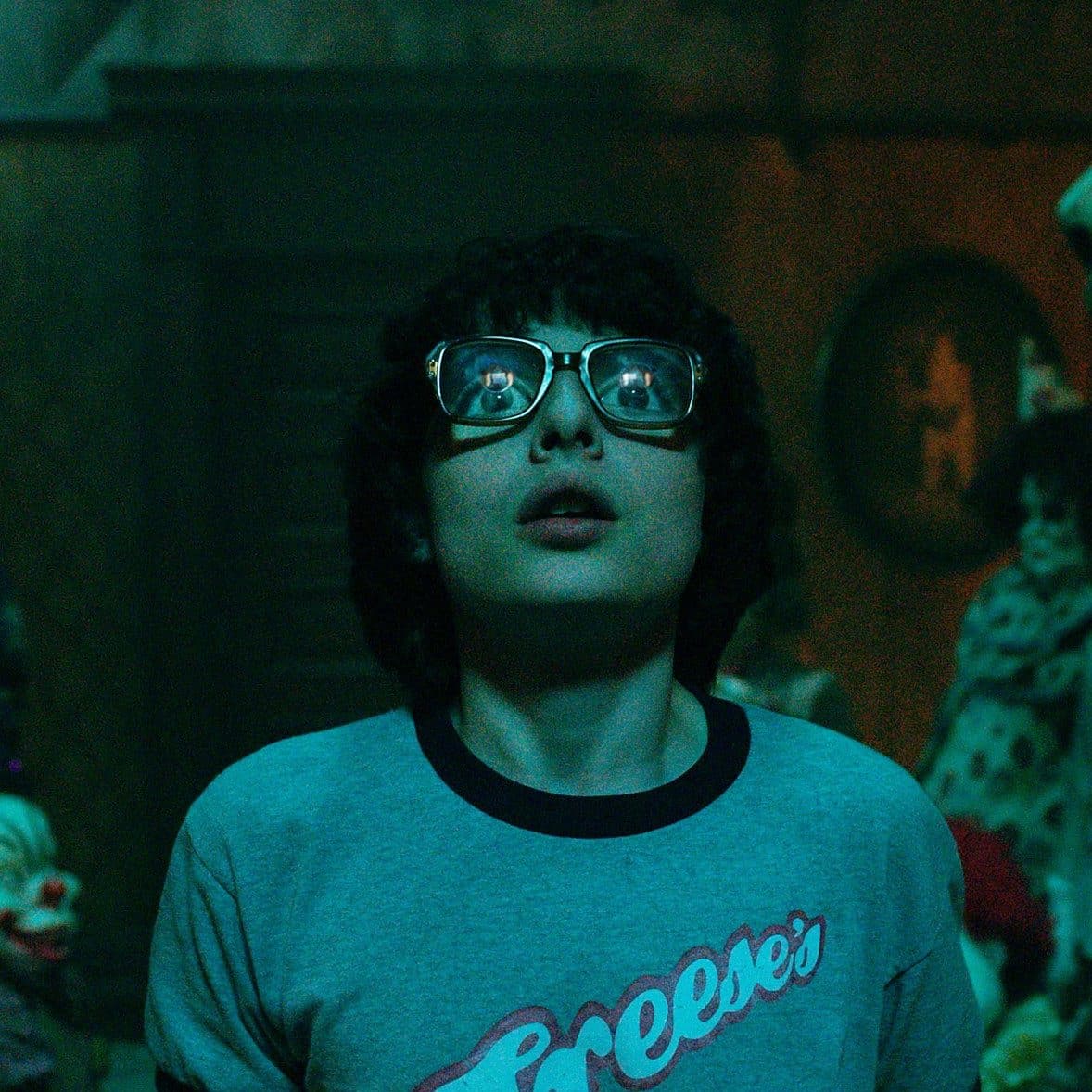
The young Richie Tozier, played by Strangers Things’ Finn Wolfhard in the films, is the group’s resident self-assured wisecracker and sidekick character – not unlike Corey Feldman in The Goonies. As we see in Chapter 2, Tozier has grown up to become a stand-up comedian with some success, if one with a bad habit of vomiting.
[rtk_adunit_top]
This isn’t a huge departure from the novel, in which he grows up to be a successful radio DJ, as both play upon the same witty instincts of the character.
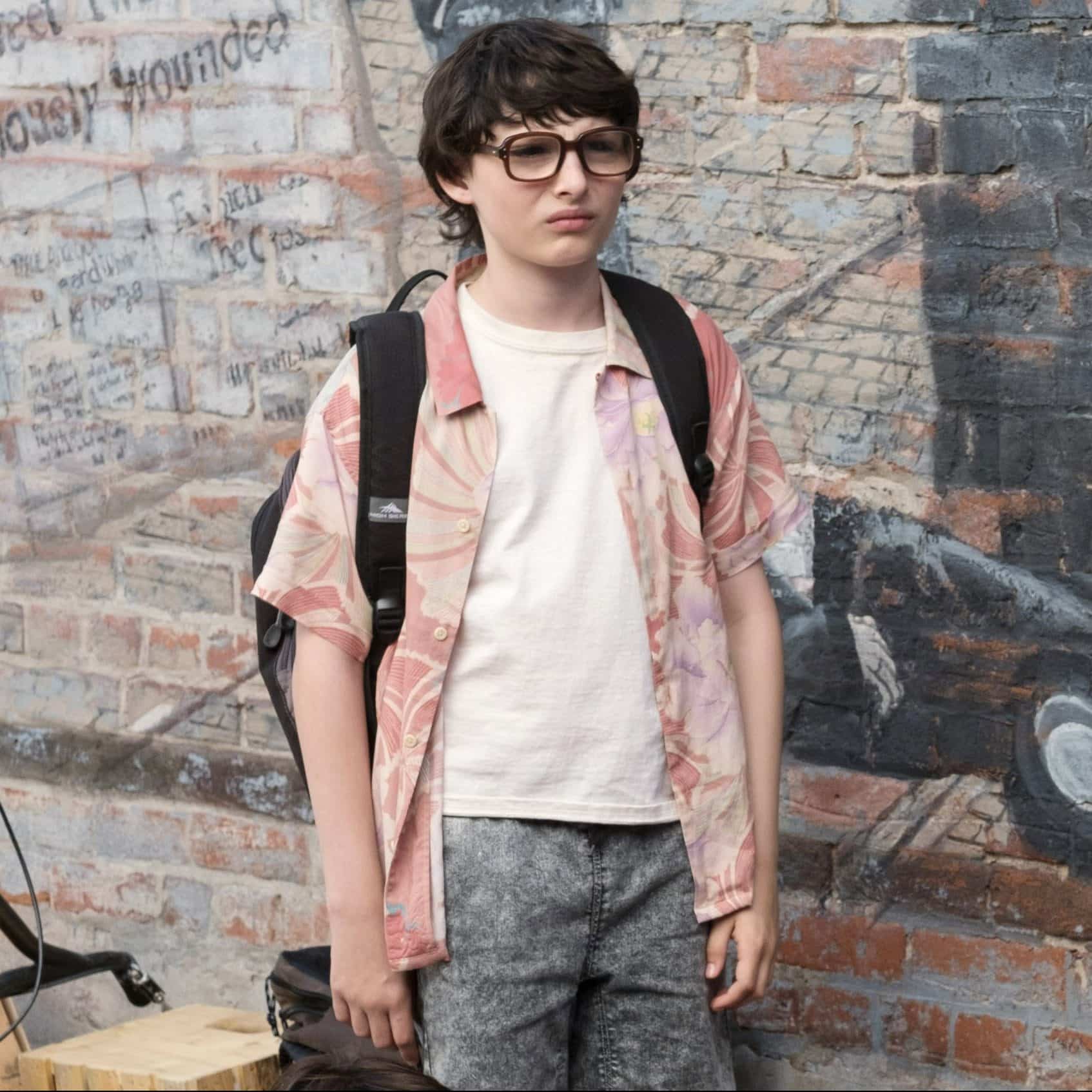
So it makes sense that, given the Ritual of Chüd in the novel involves making It laugh, it would be Richie who steps up to the plate. Unfortunately, what Richie considers funny is a series of imperfect vocal impressions and accents that generally verge on problematic if not outright racist (bearing in mind that young Richie exists in the 1950s in the novel, unlike in the films).
[rtk_adunit_middle]
These impressions, a fundamental part of Richie’s character in the original text, were removed wholesale from the films and replaced with insecure jokes about the size of his endowment, which are typically considered to be an attempt to mask his homosexuality.
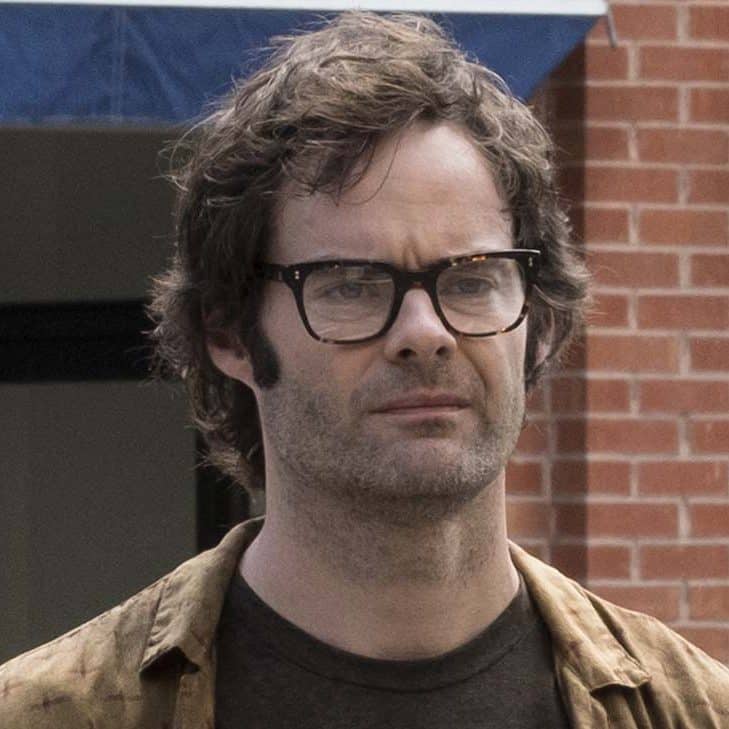
Richie’s feelings for Eddie are given much more prominence in the film also, another alteration that reflects the growing inclusion of LGBTQ+ characters on the silver screen.
[rtk_adunit_bottom]
2. Chapter 2’s Dean is a completely new character
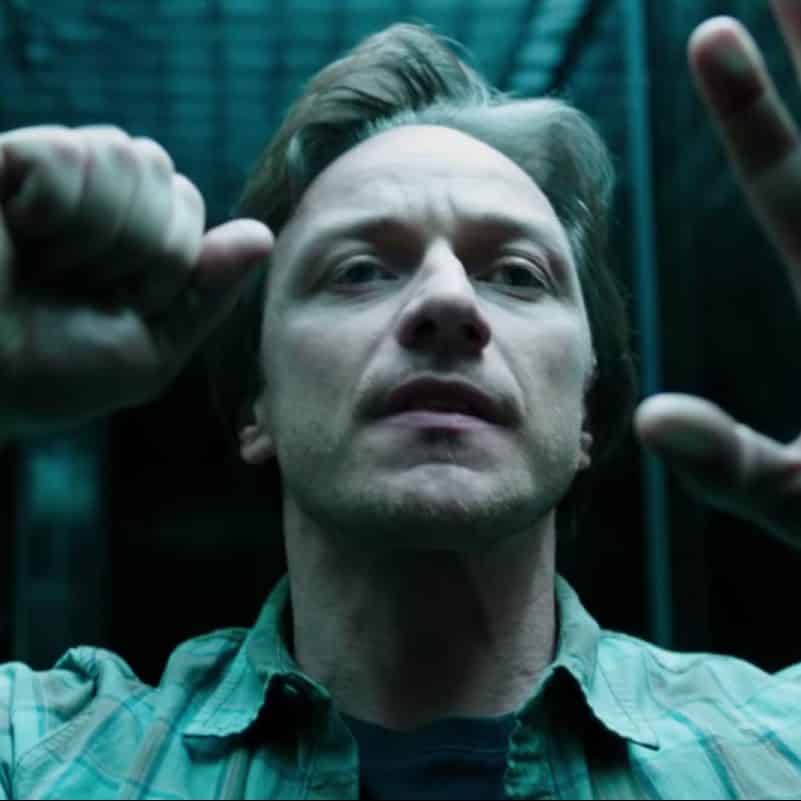
One of It’s signatures is killing and devouring children, and from the very beginning of the first film we’re exposed to Georgie’s brutal death. For the second film, a scene was added to reinforce the trauma of this moment with Dean.
[rtk_adunit_top]
Bill, as an adult, returns to Derry to find his old house occupied by a family with a young boy, Dean; Bill attempts to warn Dean that Pennywise is coming for him, having received a bloody skateboard from the creature, but his warnings go unheeded, and Bill is forced to watch while Pennywise murders the boy.
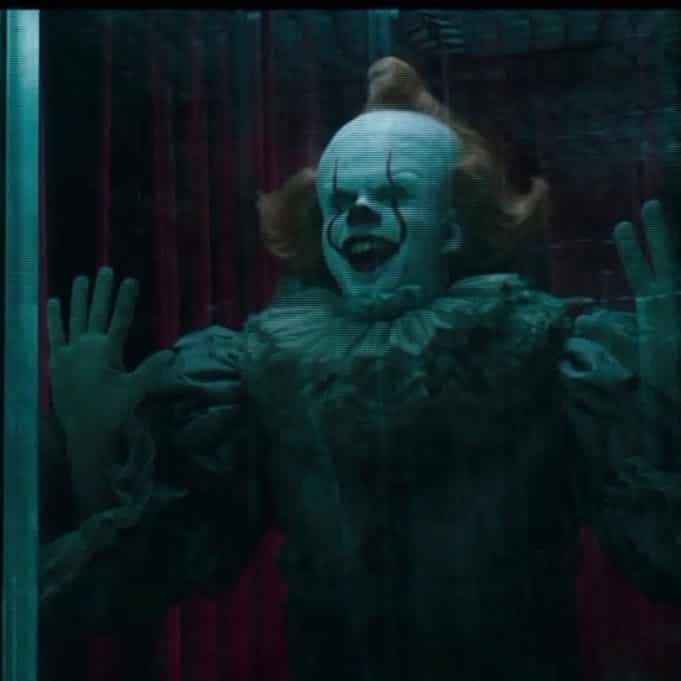
Surprisingly, this scene doesn’t exist in the book at all. James McAvoy has described how the scene came to be, attributing it to concerns over the film’s structure.
[rtk_adunit_middle]
“We were missing a vital story beat for Bill,” said McAvoy, “where he dealt with his guilt that he caused his brother’s death. I said to Andy, ‘What can we do?’ …and literally in 50 minutes, he invented a whole new sequence. It was never in the script, and it isn’t in the book.”
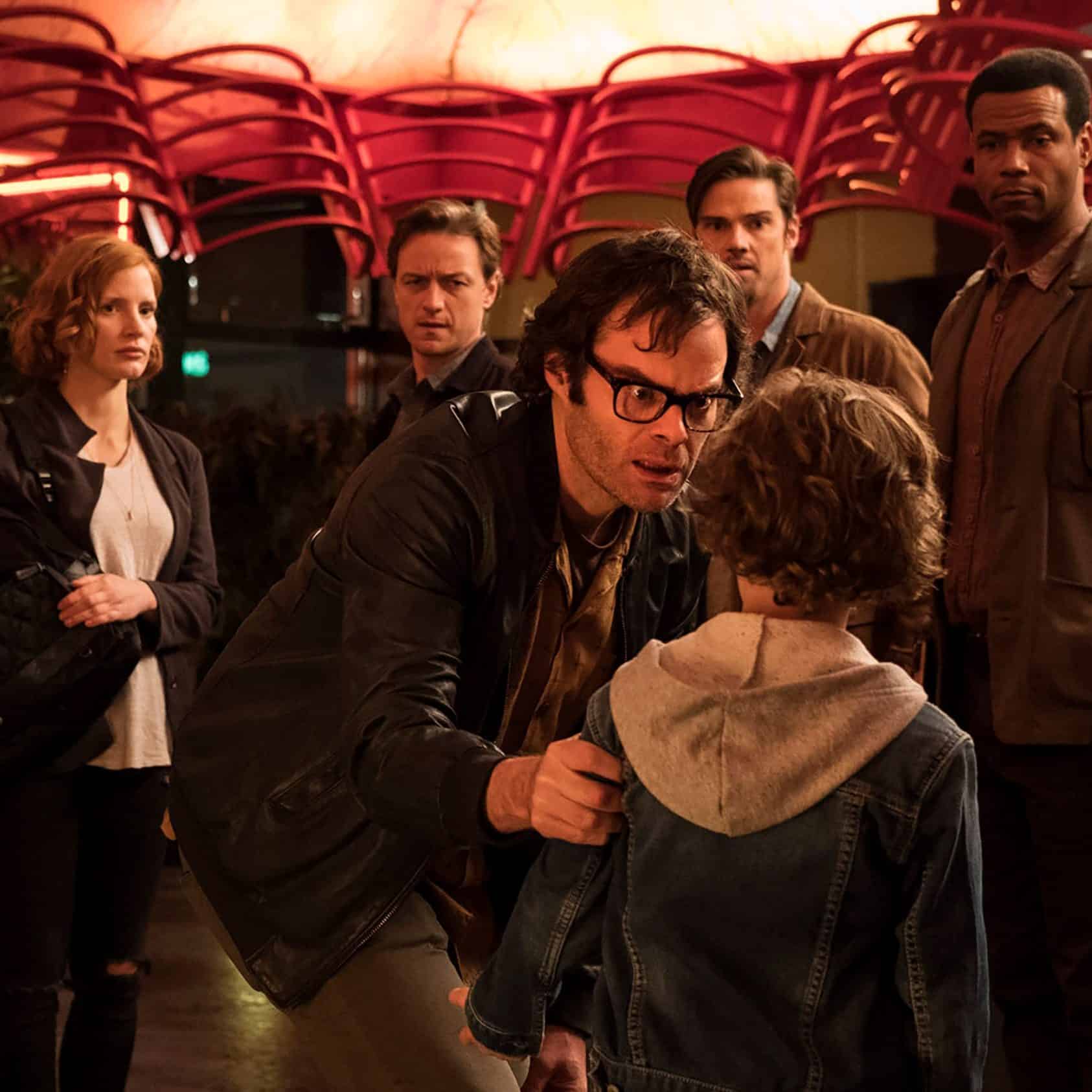
As a replication of Georgie’s death, the scene is both terrifying and effective, reigniting in Bill his determination to do away with It once and for all.
[rtk_adunit_bottom]
1. The Losers’ amnesia is much stronger in the book
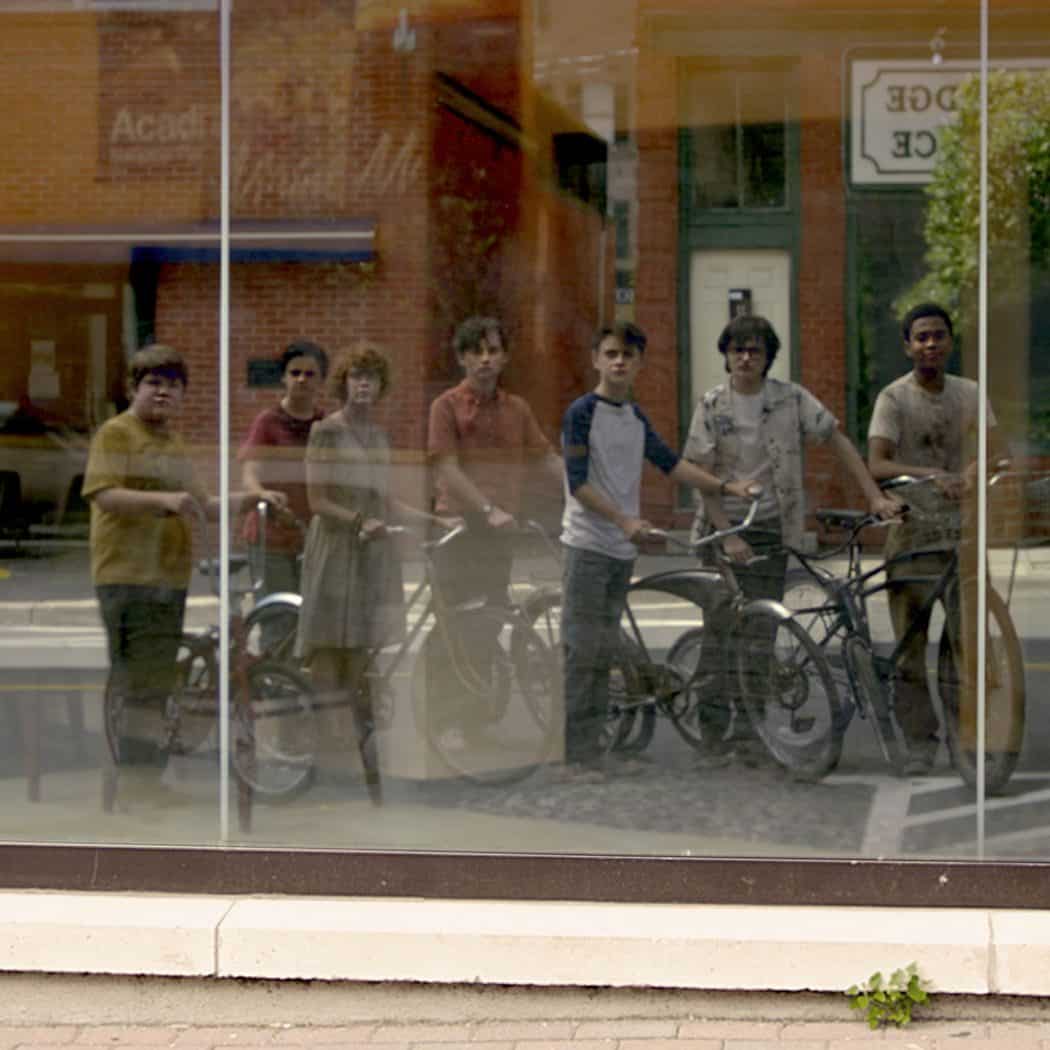
While the films seem to use the small-town setting of Derry for a general it-could-happen-to-you fear, the Derry of the novel is far more suffused in mysticism and cosmic history, as we’ve described so far.
[rtk_adunit_top]
In particular, the novel describes how It uses its supernatural influence to deter investigations into the murders it commits, and generally causes those who leave Derry to forget about anything strange or horrific that they witnessed. This is a major reason behind the forming of a blood pact to return to Derry to vanquish It, whatever happens.
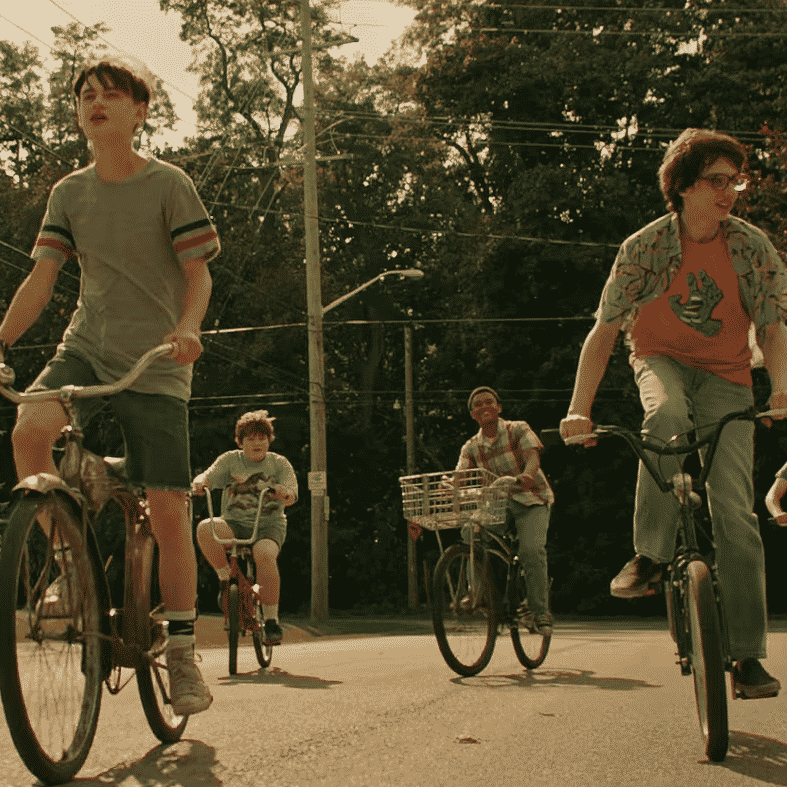
This gives the novel a bittersweet ending, as Mike rapidly writes down his memories of the tribulations between his friends and It into a diary so as not to forget.
[rtk_adunit_middle]
In the films, however, none of this seems to be a problem, and the characters remember all too well the traumas that they experienced.
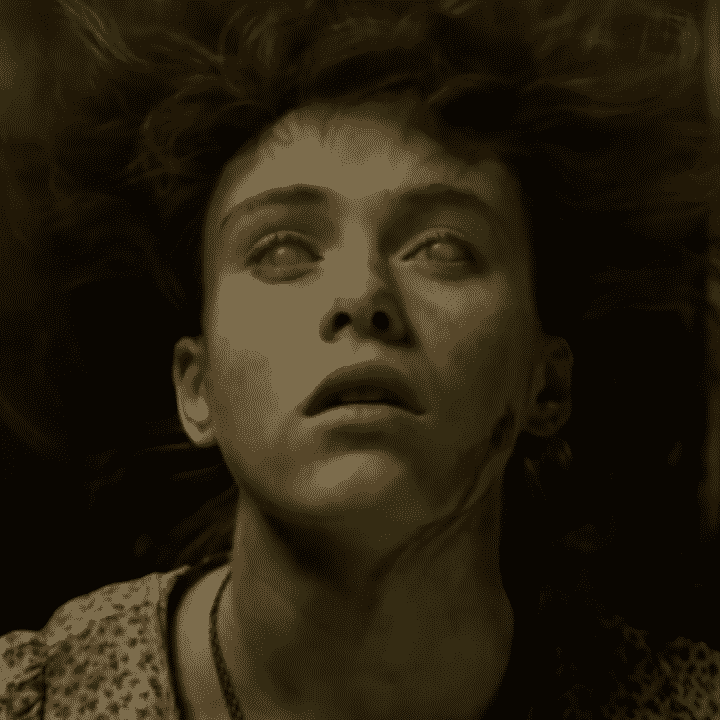
[rtk_adunit_bottom]
This does lead to a happier ending, in which the characters can depart as friends, rather than strangers, but means they’ll keep Pennywise in their mind for the rest of their lives.
[rtk_adunit_end]

